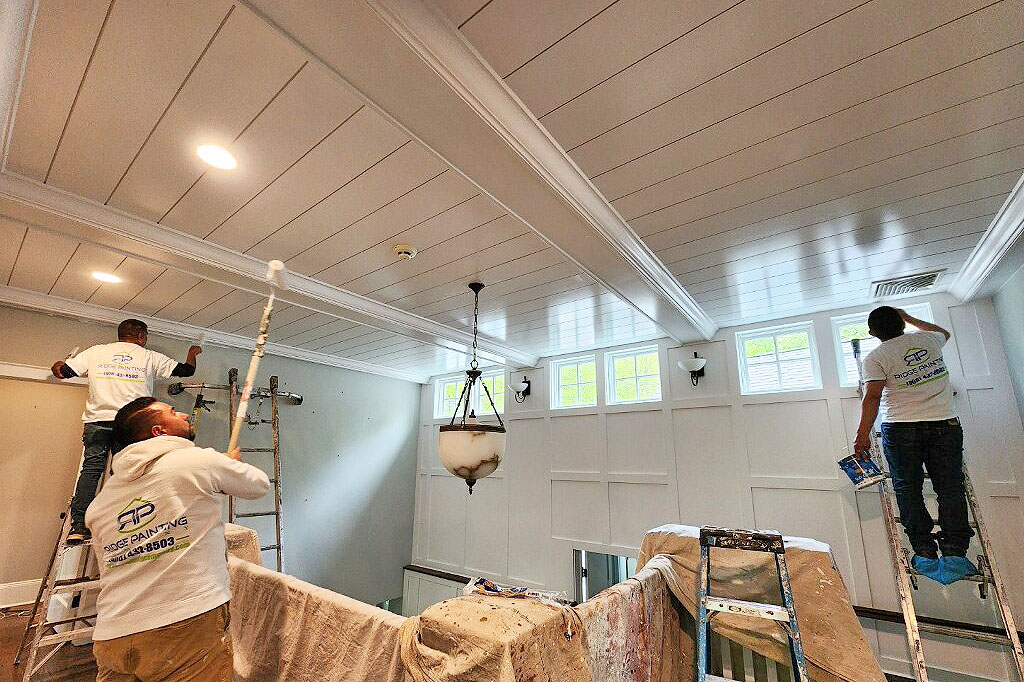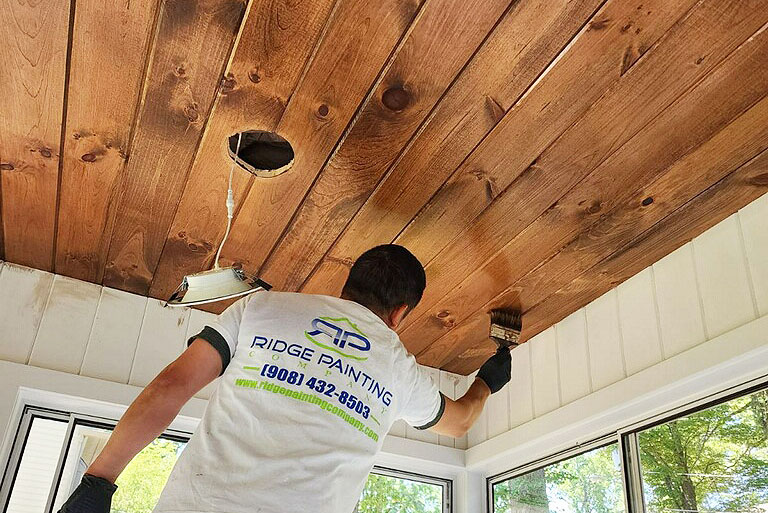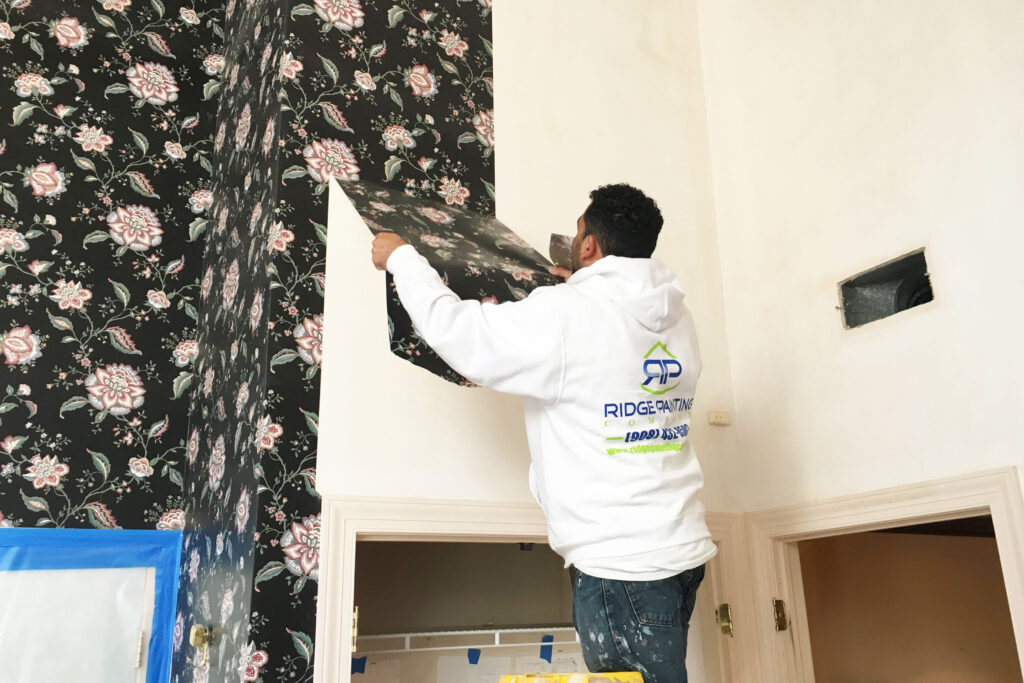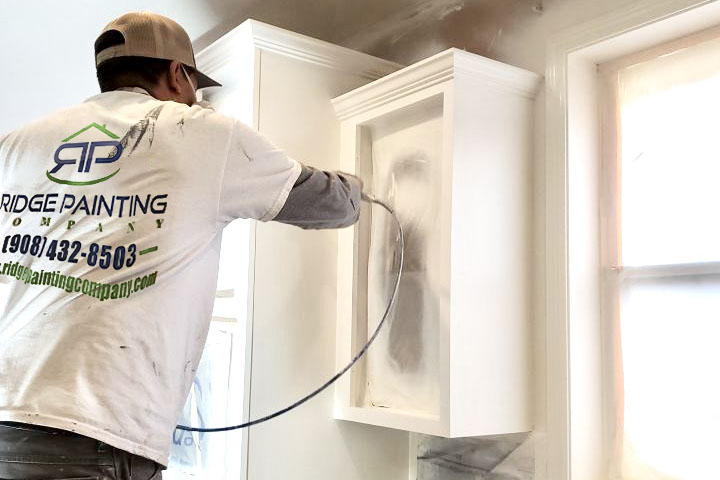
A home is not just a living space; it’s a reflection of personality and lifestyle. Your home should be a place where you can relax and express yourself, and at Ridge Painting Company, we can help you achieve any transformation you desire. Applying a fresh coat of paint to your residential interior is a simple, affordable way to help protect your wall surfaces and turn dull, lackluster rooms into bright and vibrant spaces you will enjoy for years to come.
Whether you hope to touch up the trim, paint one wall with a bold pop of color, or completely upgrade your entire home, the expert craftsmen at Ridge Painting Company are prepared to tackle any interior painting job. We operate with the highest standards of care – we always cover and protect floors and furnishings, leaving your home spotless.
There are many steps to a good interior painting job. The process starts with the covering of all floors/furniture if applicable. In a lot of the new construction projects there is no floor or furniture, so this may not apply in those situations, but for most residential projects this is a very important step. Once everything is covered we begin the preparation process. We go through all the walls, trim, and ceilings patching/spackling any imperfections/holes/cracks, etc. After the spackle has dried, we sand everything smooth and being caulking all trim and open seams. Next, we apply two coats of quality interior paint to all surfaces. The area is vacuumed and cleaned on a daily basis and thorough cleaning and the end of the project leaves you with a fresh clean space. Below is a step-by-step timeline of the interior painting process, take a look and give us a call if you are looking for the best interior painters nj has to offer.
Interior Painting Services
Engage.
- Step 1
- Interior Plastic Floor Cover
- Step 2
- Interior Wall spackle
- Step 3
- Interior Caulking
- Step 4
- Interior Sanding
- Step 5
- Interior Rolling
- Step 6
- Interior Trim Painting
- Step 7
- Interior Vaccum
Enjoy
Preparing for Success: The Vital Role of Surface Preparation and Room Setup
The initial stage of any interior painting project, surface preparation, and room setup, is arguably the most critical. This phase lays the groundwork for everything that follows. Beginning with surface preparation, the focus should be on creating the ideal canvas. Walls need to be thoroughly cleaned to remove dust, dirt, and oils that can interfere with paint adhesion. Next, attention must be given to repairing any imperfections such as cracks, holes, or uneven surfaces. This may involve patching with spackle, sanding for smoothness, or even replacing sections of drywall in more severe cases. Primer application is the final step in preparation, creating a uniform surface that enhances the paint’s ability to bond and providing a base that brings out the true color of the paint.
Room setup, often overlooked, is just as pivotal. It’s not merely about protecting furniture and floors from paint splatters; it’s about creating a space that allows for efficient and safe movement during the painting process. This involves carefully moving furniture to the center of the room and covering it with protective sheets or plastic. Floors should be shielded with drop cloths or builder’s paper. Removing fixtures, outlet covers, and hardware can prevent accidental paint stains and also makes for a more professional finish. Properly setting up the room not only safeguards your belongings but also streamlines the painting process, allowing for better access to all areas and a more thorough job.
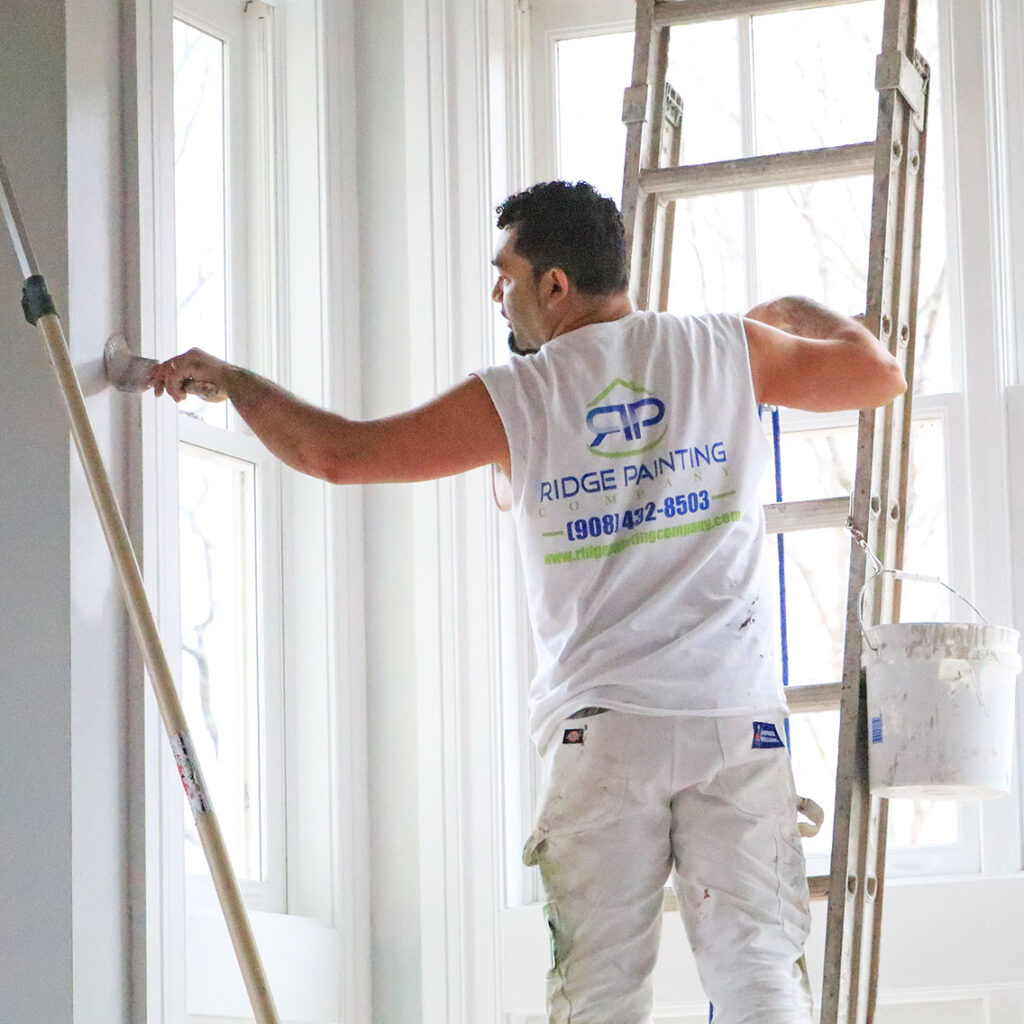
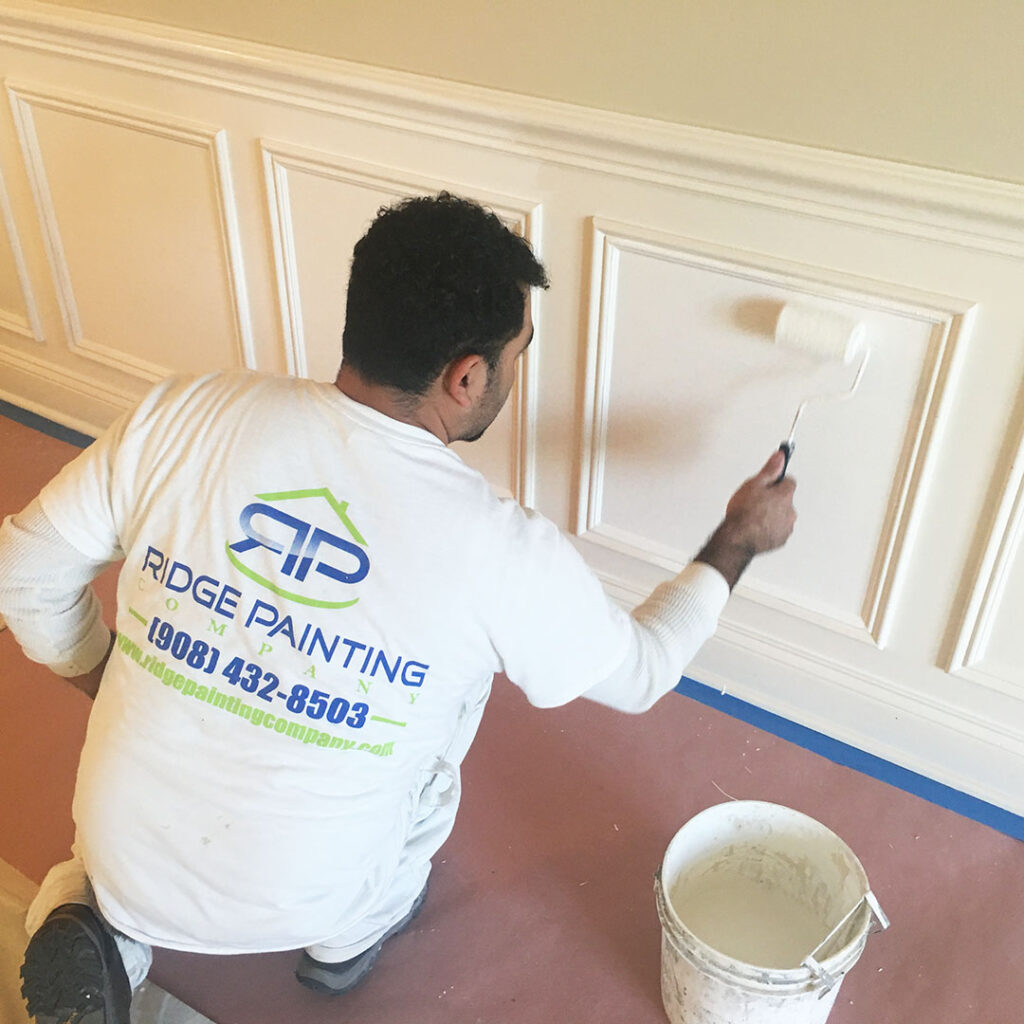
Choosing the Right Paint: Understanding Types, Finishes, and Colors
Selecting the right paint is a multifaceted decision, pivotal to the success of an interior painting project. First, understanding the distinction between water-based and oil-based paints is crucial. Water-based paints, known for their easy clean-up and shorter drying times, are commonly used for most interior walls. Oil-based paints, though more challenging to work with, offer durability and a slightly smoother finish, making them suitable for trim and areas that require more rigorous cleaning.
The sheen of the paint is another key consideration. Options range from flat and matte, which offers a non-reflective finish ideal for hiding surface imperfections, to high-gloss, which is durable and easy to clean but can highlight flaws. Eggshell and satin finishes strike a balance, offering some sheen but with better wear resistance than matte. Semi-gloss is often used for trim and moldings due to its durability and ease of cleaning.
Color choice is equally important and highly personal. It can dramatically alter the feel of a room. Light colors can make small rooms feel larger and more open, while dark colors can add depth and drama. Consider the room’s lighting, both natural and artificial, as this can significantly impact how a color looks. Sample swatches are invaluable; apply them to different walls and observe how they look at various times of the day. This can help in making a more informed choice. Additionally, it’s important to consider the psychological impact of colors. For instance, blues can be calming, making them ideal for bedrooms, while vibrant colors like red may be energizing and better suited for areas of activity. The right color choice will harmonize with the room’s purpose, existing decor, and your personal style, creating the desired ambiance and aesthetic.
The Painting Process: Techniques and Tools for a Flawless Finish
The execution of the painting process is a craft perfected by professional painters, who bring an array of techniques and tools to ensure a flawless finish. High-quality brushes and rollers, selected for specific paint types and surface textures, are essential for achieving even coverage and a smooth finish. Professional painters understand the intricacies of different brush bristles and roller naps, choosing them based on the viscosity of the paint and the nature of the surface being painted.
The technique employed in painting is as vital as the tools used. Professionals are skilled in ‘cutting in,’ a method used to paint neat edges around trim, ceilings, and corners. This skill is particularly important for creating sharp, clean lines and preventing color bleed. Additionally, experienced painters are adept at applying consistent pressure while painting, ensuring an even application without streaks or drips.
Another key aspect of professional painting is the strategic sequence of painting. Typically, ceilings are painted first to avoid drips on freshly painted walls. This is followed by painting the walls, and finally, the trim. Such a methodical approach not only enhances efficiency but also ensures a neater, more cohesive look.
Professionals also bring their expertise in handling complex situations such as high ceilings, intricate trim work, and surfaces that require special treatment. They are equipped to safely set up scaffolding and use ladders for hard-to-reach areas, ensuring that every part of the room receives a high-quality finish.
Lastly, the value of experience cannot be understated. Professional painters bring years of knowledge about paint behavior under different conditions, allowing them to adapt their techniques to factors such as humidity and temperature, which can significantly affect the drying process and the final look of the paint. Their expertise ensures that the interior painting is not just a change in hue but a true enhancement of the space.


The Functional Benefits of Interior Painting: Beyond Aesthetic Enhancement
While the aesthetic transformation achieved through interior painting is often the primary focus, it’s important to recognize the significant non-cosmetic benefits that come with a professional paint job. One of the key functional advantages is the role of painting in home maintenance and protection. A crucial aspect of this is the process of caulking and sealing. During a painting project, gaps in trim, windowsills, and door frames are often identified and sealed. This caulking serves not just to give a neat finish, but more importantly, it acts as a barrier against moisture and air leaks. By sealing these gaps, we prevent moisture vapor from penetrating walls, thereby reducing the risk of mold growth and wood rot, which are common in damp areas.
Additionally, high-quality interior paint forms a protective layer on walls and surfaces, shielding them from everyday wear and tear. It can help protect walls from the detrimental effects of moisture and prevent the buildup of dust and allergens. This is particularly beneficial in rooms like kitchens and bathrooms where humidity levels are higher. In these environments, the right type of paint can significantly prolong the life of the walls and ceilings by preventing the absorption of moisture that can lead to damage over time.
Moreover, certain paints are designed with additives that provide additional benefits. For instance, some interior paints contain mildewcides that help prevent the growth of mold and mildew—a common concern in many homes. There are also paints that are designed to be more resistant to scuffs and easy to clean, making them ideal for high-traffic areas or households with children and pets.
Furthermore, for homes in colder climates, properly sealed and painted interiors can contribute to better insulation, reducing the amount of heat loss through walls and trim. This not only makes the home more energy-efficient but can also lead to savings on heating costs.
The non-cosmetic benefits of interior painting are substantial. By enhancing the structural integrity, improving the indoor air quality, and contributing to energy efficiency, a professional paint job does much more than just uplift the visual appeal of a home. It plays a pivotal role in maintaining the health and longevity of the property, making it an invaluable investment in any home maintenance plan.
The Art and Science of Color Selection:
The process of selecting the ideal color for an interior painting project is both an art and a science, marking the beginning of a transformative journey for any space. This critical step intertwines personal aesthetics with the practicalities of room usage and the overarching theme of the home. It’s a nuanced decision where one must consider not just the immediate appeal of a color, but also its long-term impact on the room’s atmosphere and functionality.
Color selection is deeply personal yet influenced by universal principles of color psychology and design. For instance, light colors, such as soft blues, gentle greens, and warm creams, are known for their ability to open up a space, making small rooms feel more airy and spacious. These hues reflect light, helping to brighten rooms that lack natural sunlight. Conversely, darker hues like rich burgundies, deep blues, and earthy browns can lend a room a sense of warmth and intimacy. These colors are excellent for creating a cozy, enveloping ambiance in larger rooms or spaces where relaxation and contemplation are desired, such as bedrooms or reading nooks.
The strategic use of bold colors can infuse a room with energy and personality. Bright yellows, vibrant reds, or deep purples can act as stunning focal points or add an element of surprise and creativity to a space. However, these colors demand careful consideration regarding their placement and the amount used. They work wonderfully when used for accent walls, as a backdrop for art pieces, or in combination with neutral tones to balance their intensity.
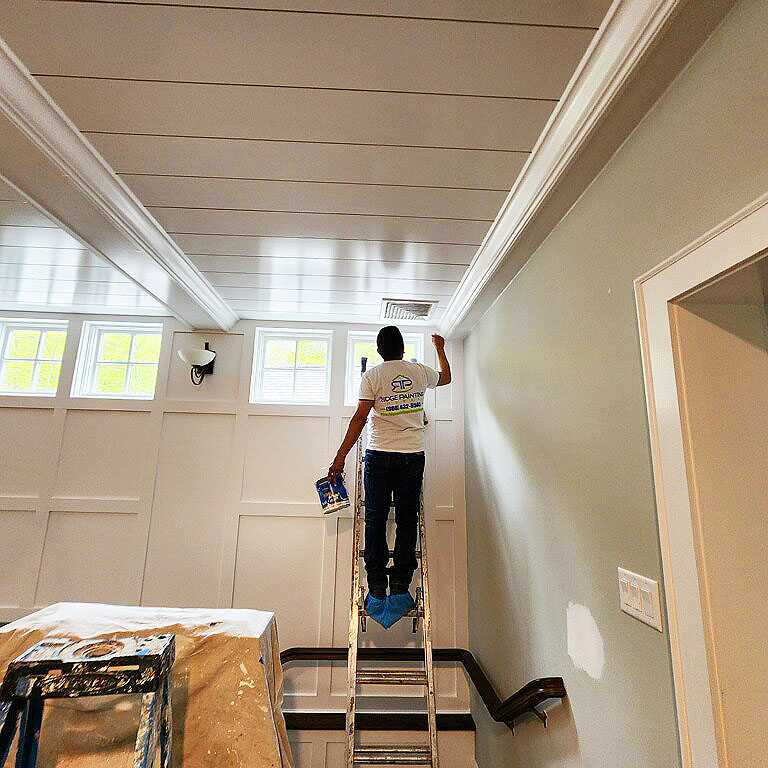

Moreover, it’s important to consider the function of the room in color selection. For instance, calming colors like soft blues and greens are ideal for bathrooms and bedrooms where relaxation is key, while energizing colors like oranges and light yellows are more suited for kitchens and living areas where activity is more prevalent.
Another crucial factor in color selection is the overall theme and decor of the home. The chosen colors should complement and enhance existing furniture, artworks, and textiles. They should align with the style of the home, whether it’s modern minimalism, rustic country, or mid-century modern, ensuring a cohesive and harmonious aesthetic throughout.
Lastly, the perception of color can change under different lighting conditions, making it essential to test paint samples in the room to be painted at various times of the day. This practice helps in understanding how natural and artificial light affects the color, ensuring that the chosen hue looks as intended throughout the day.
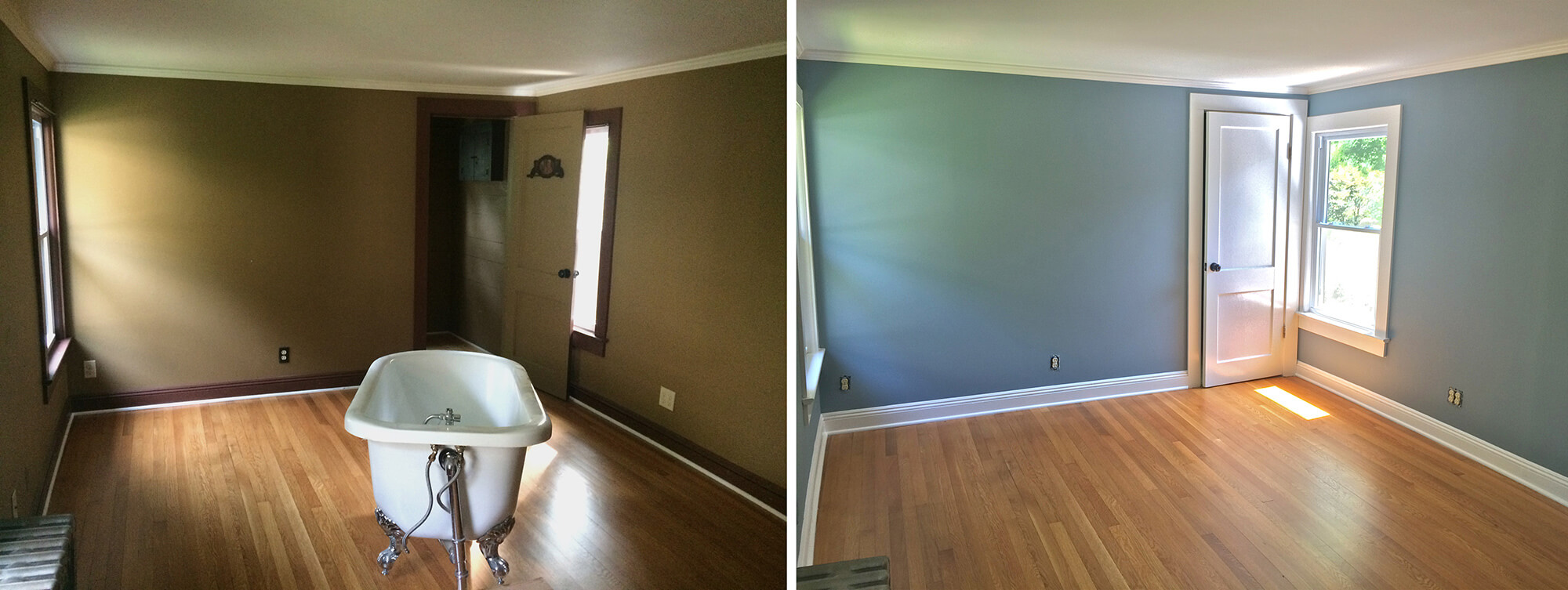
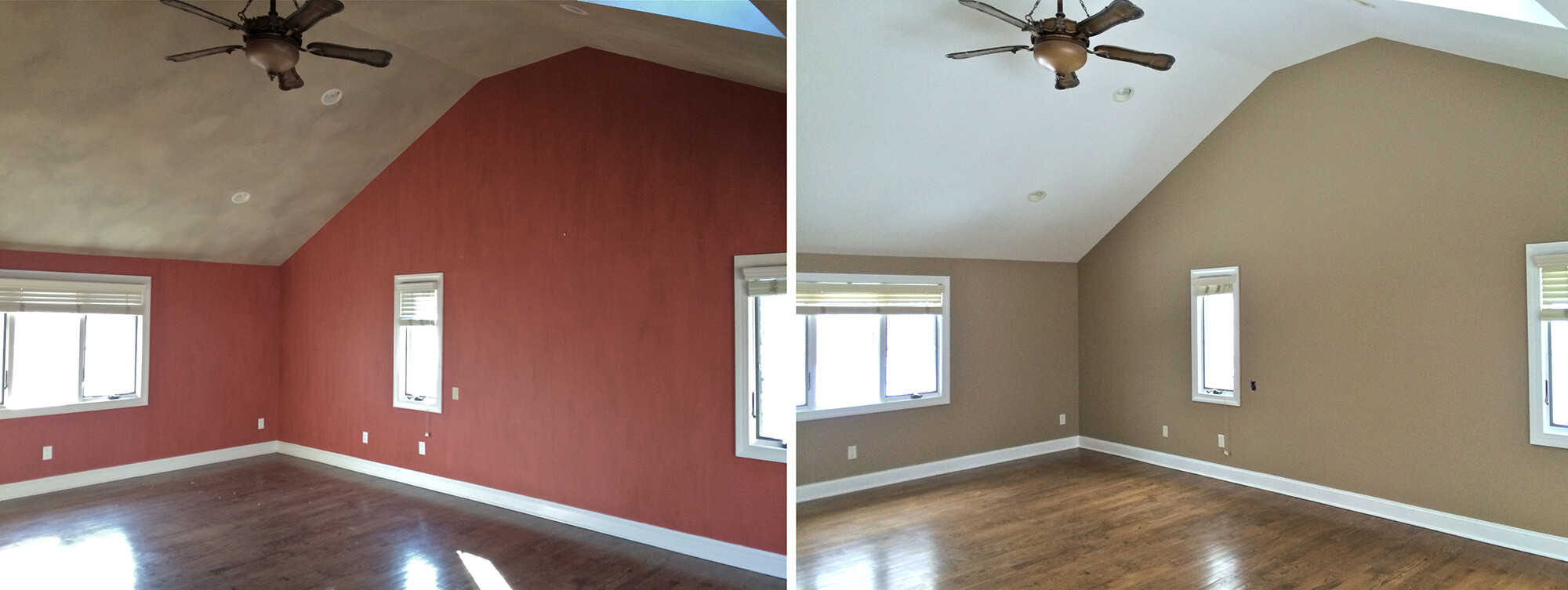
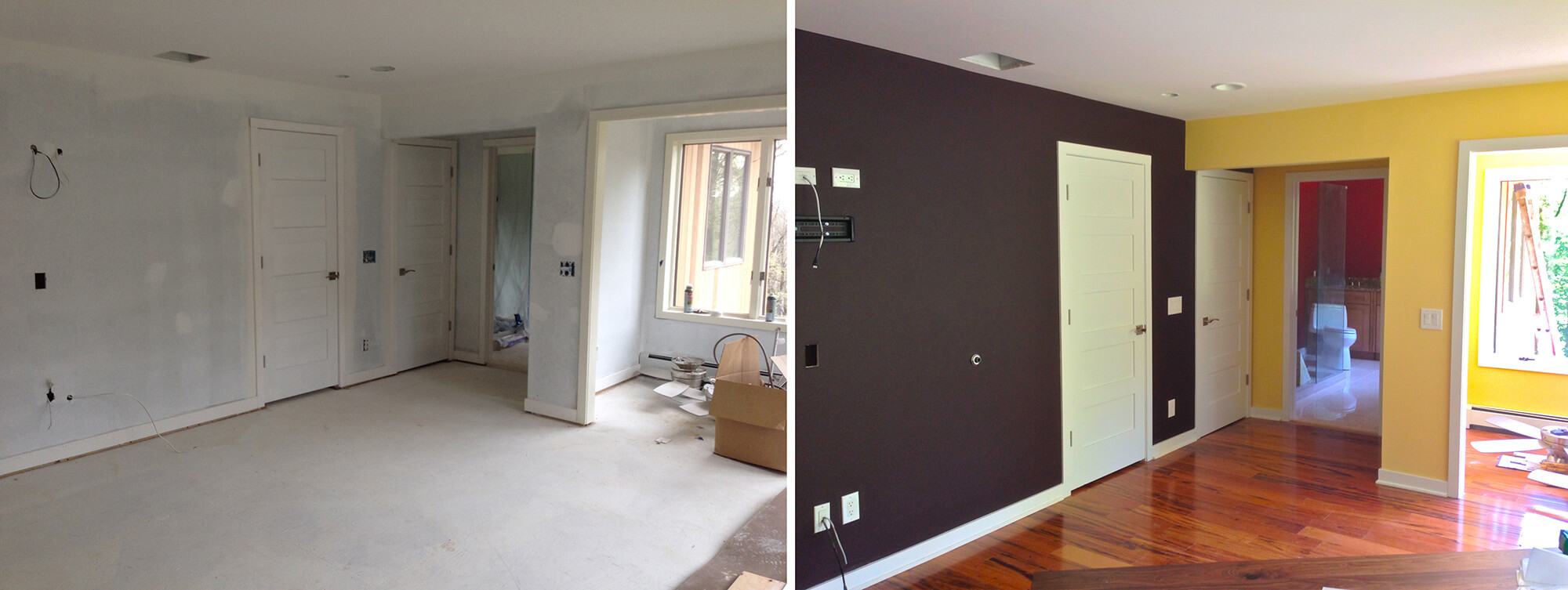
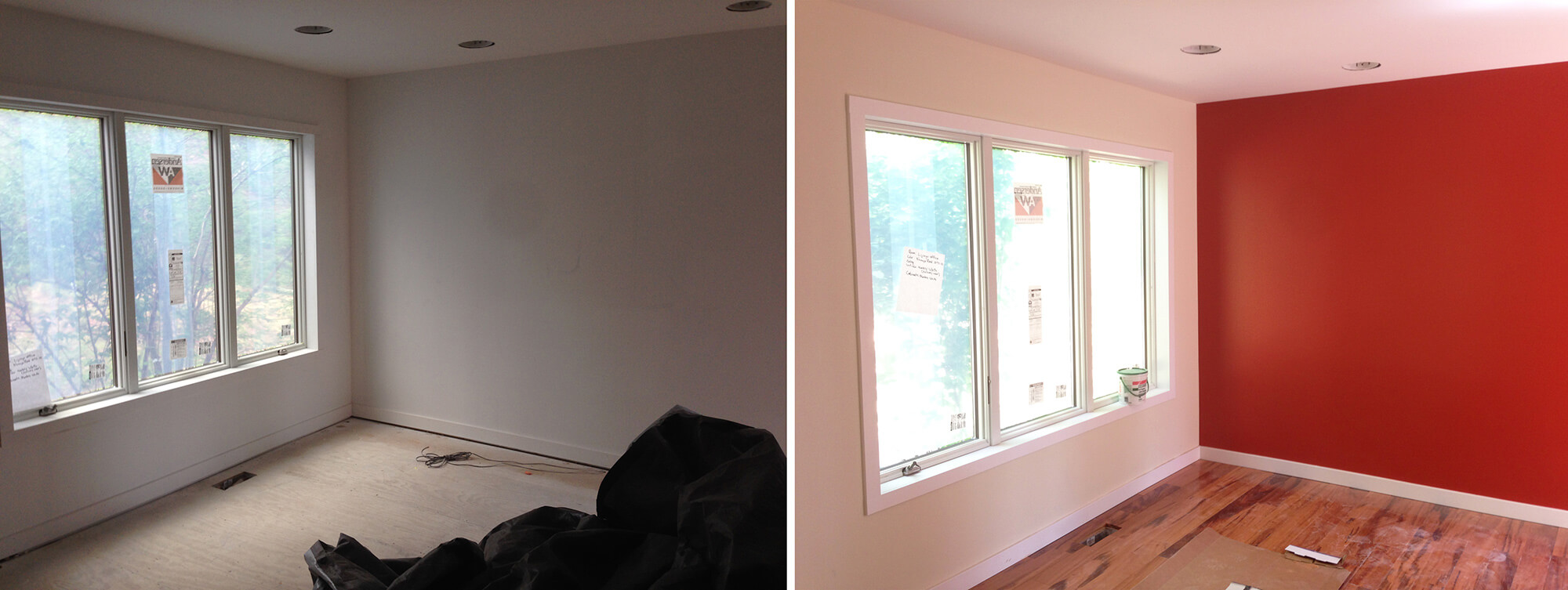
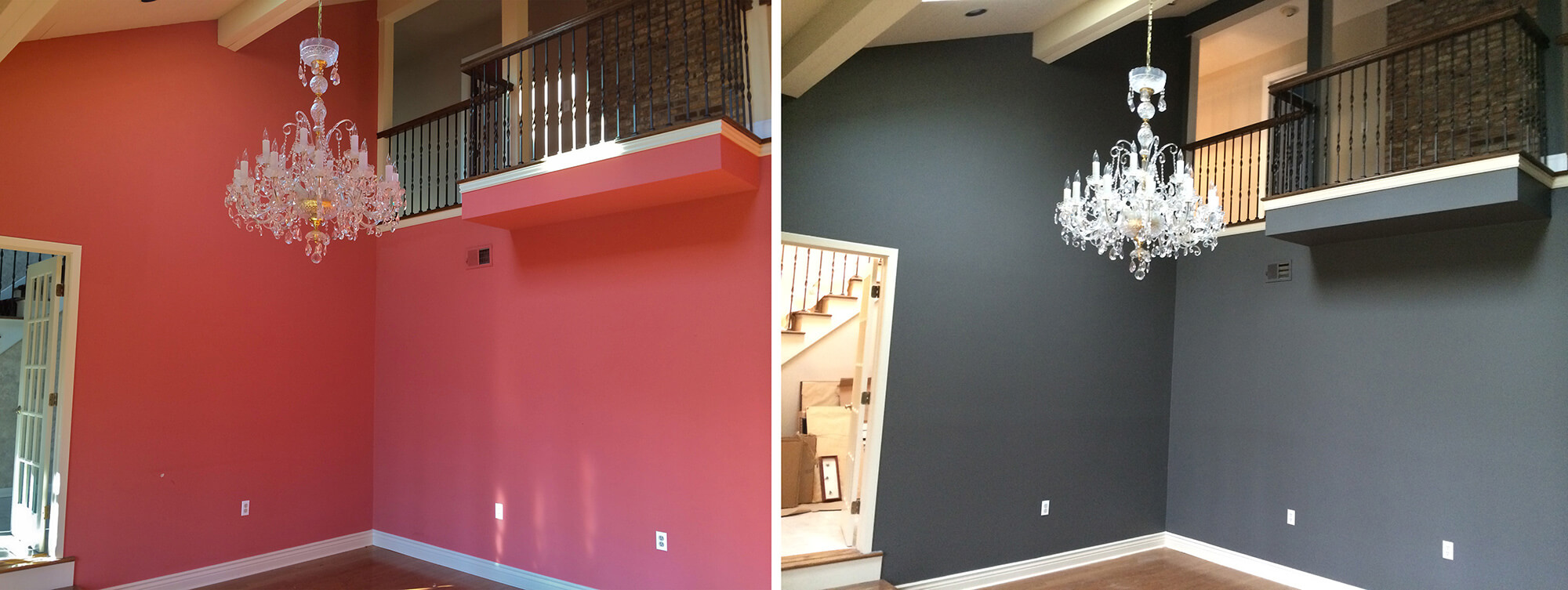
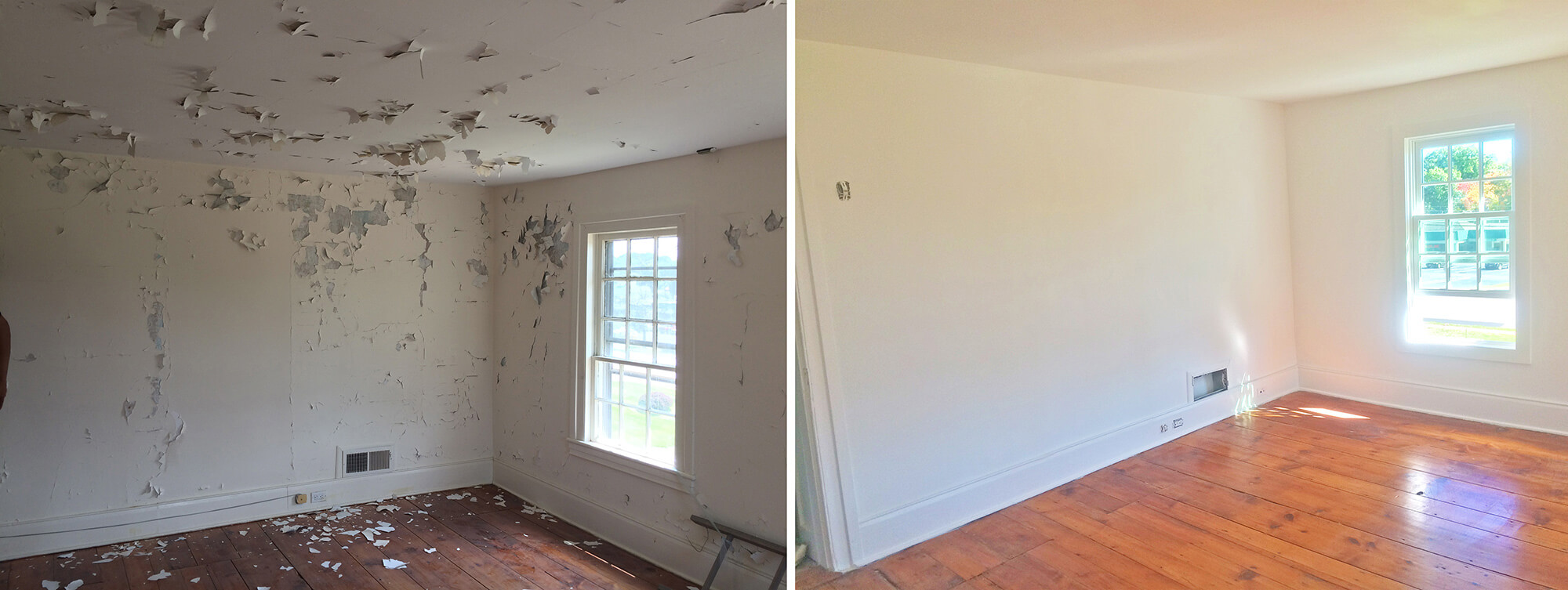
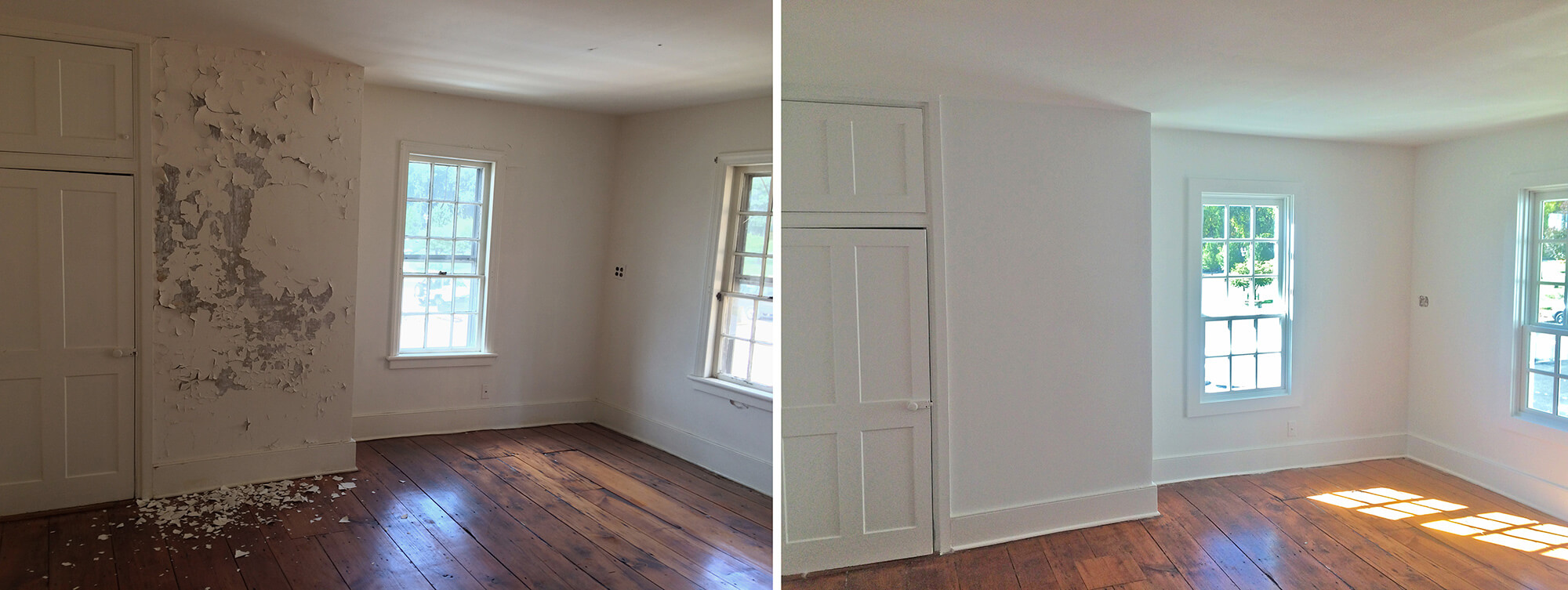
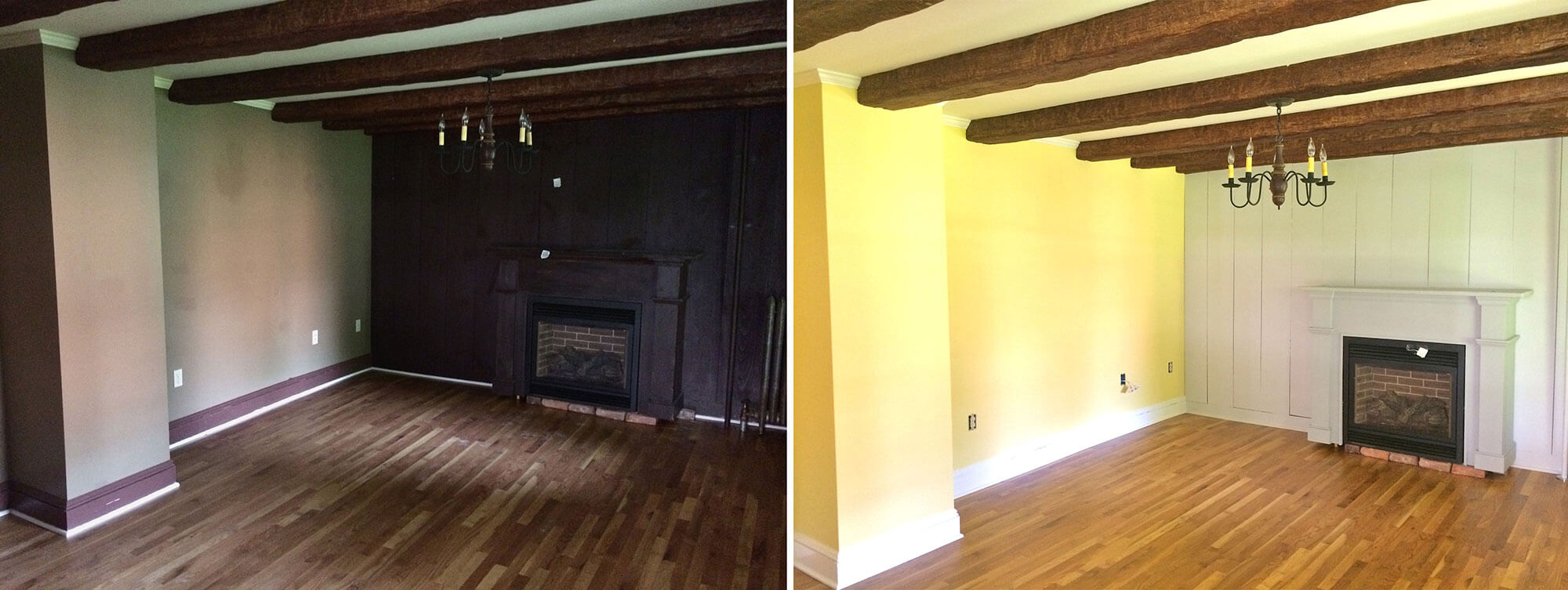
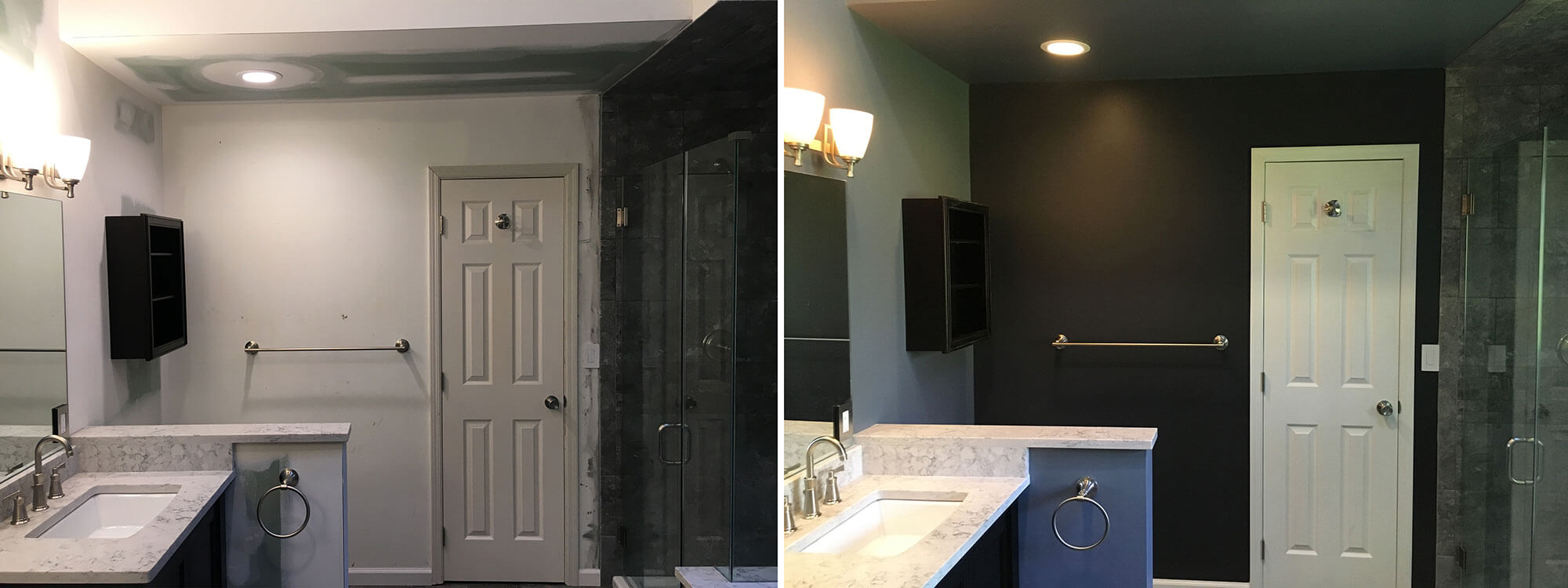

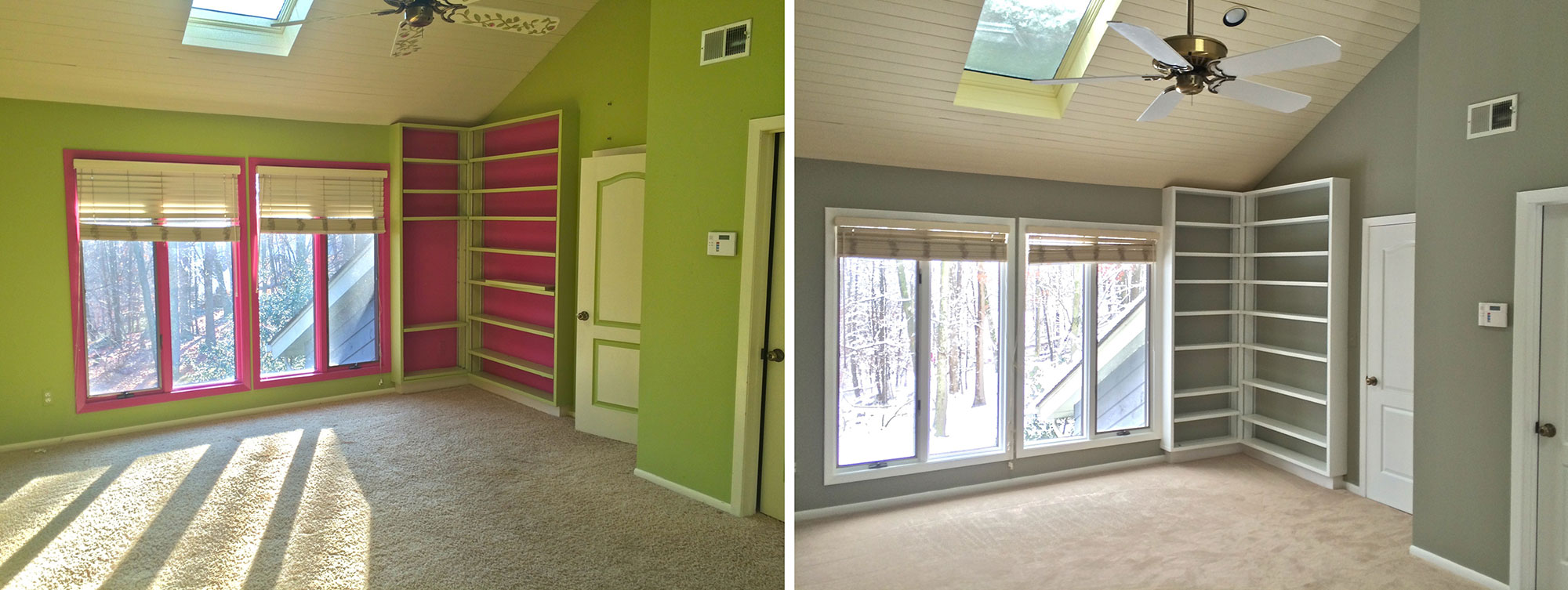
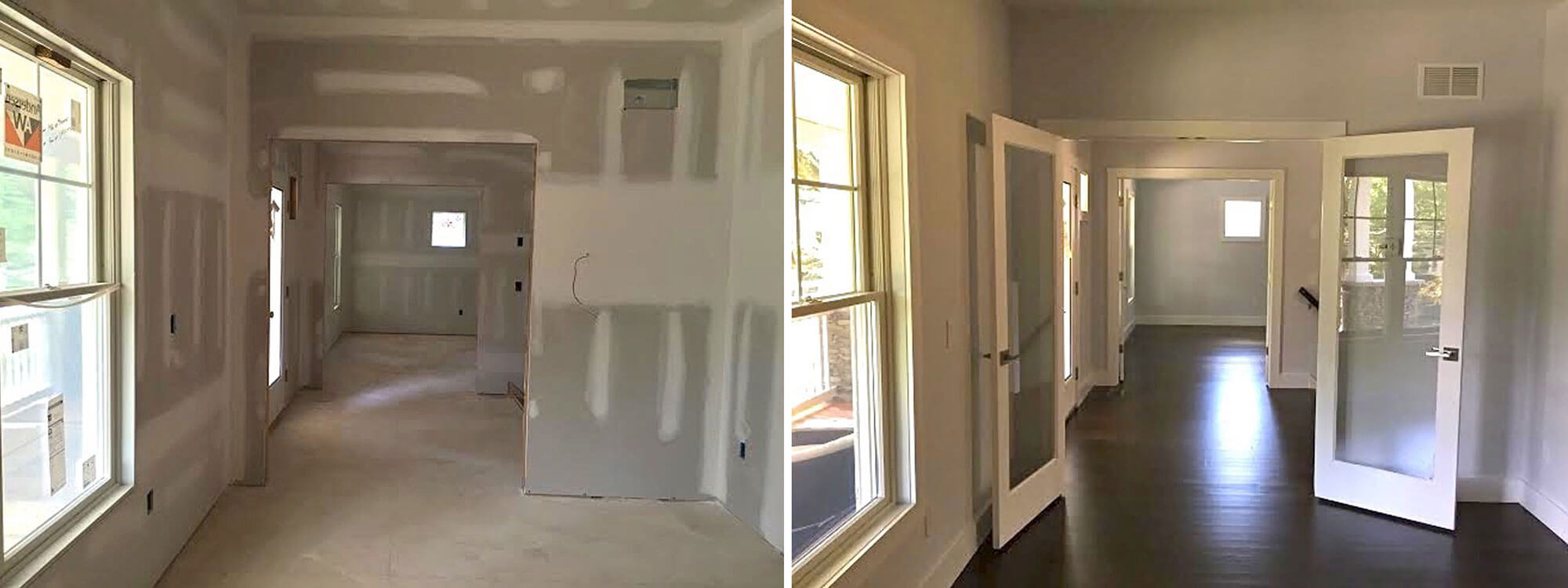
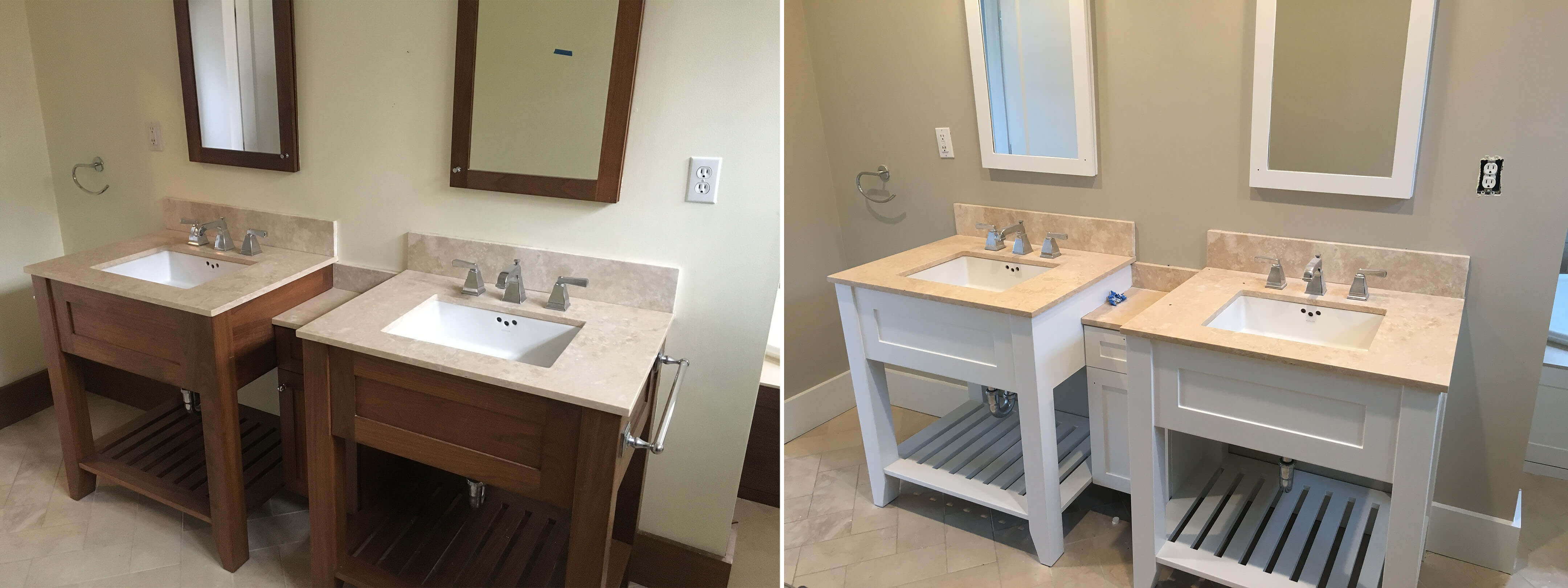
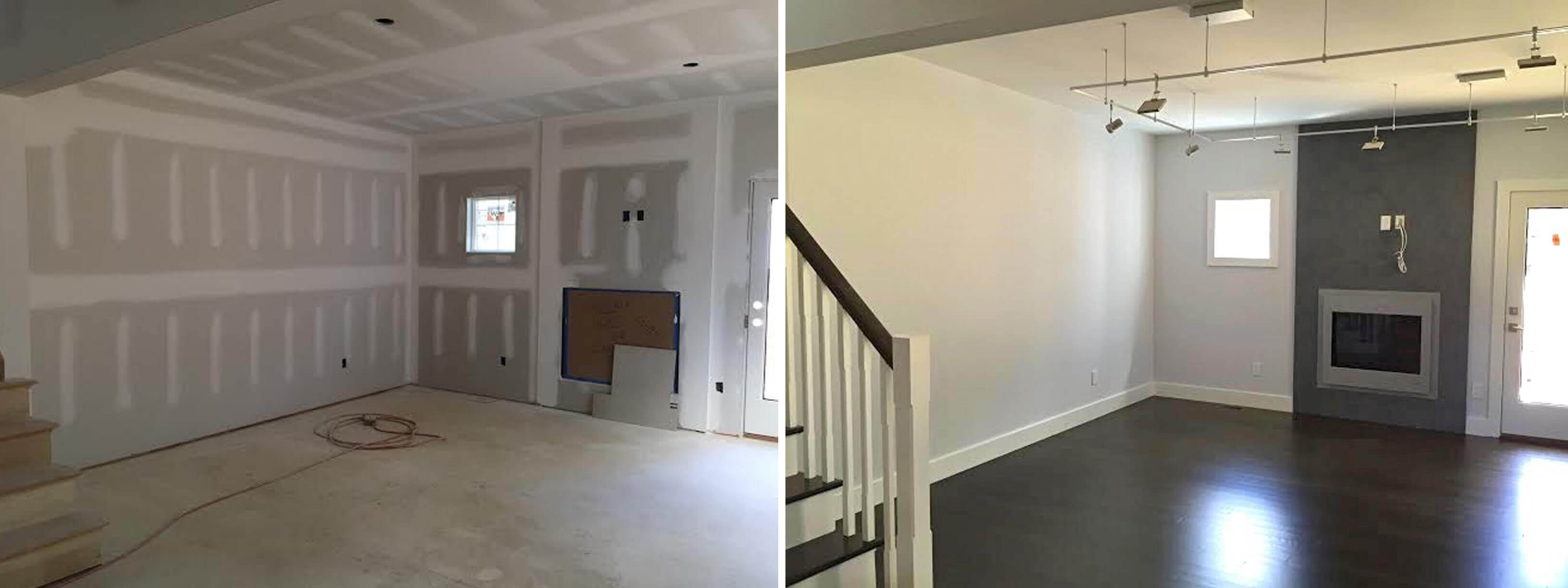
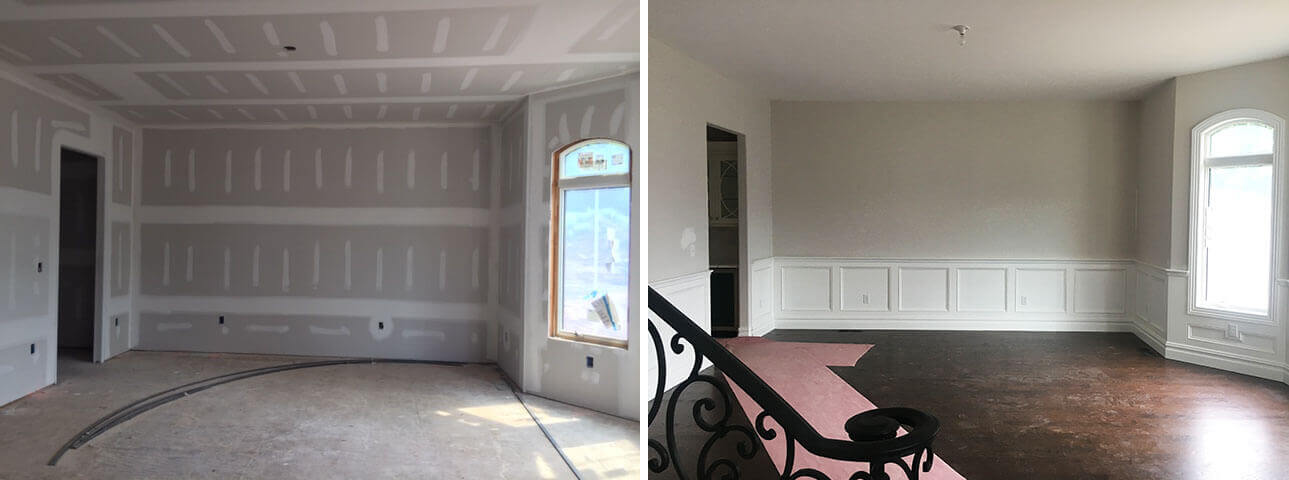
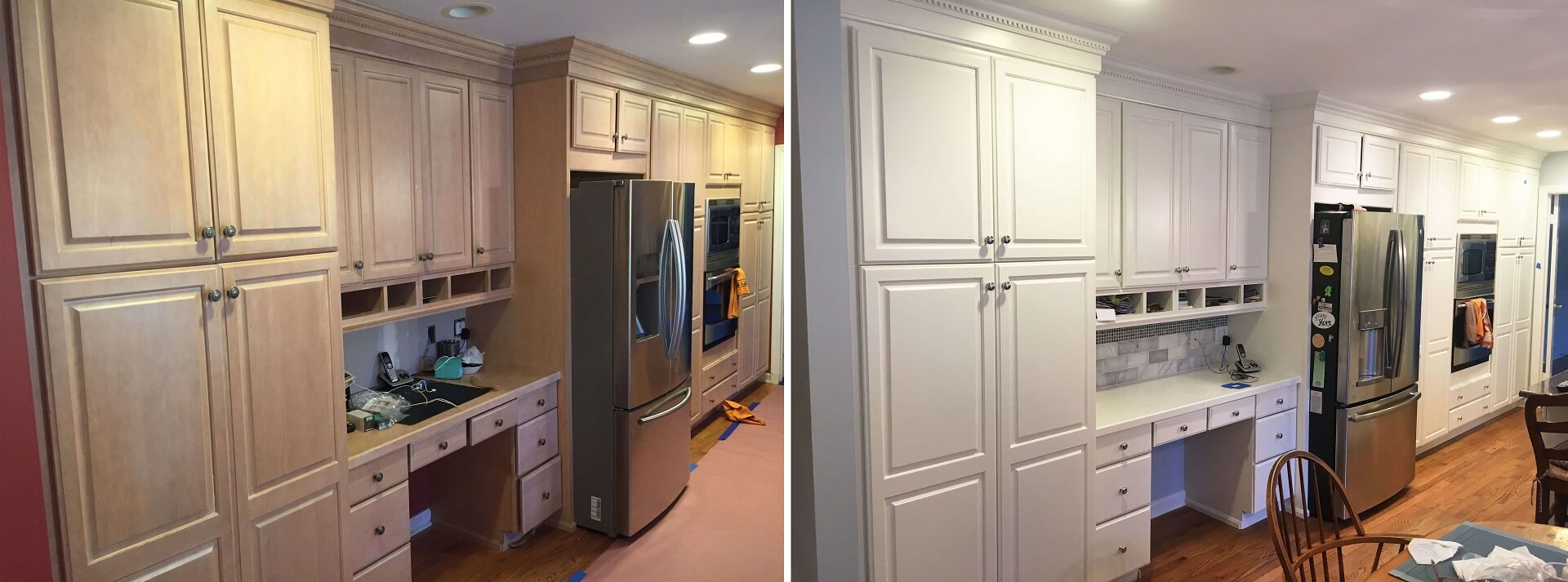

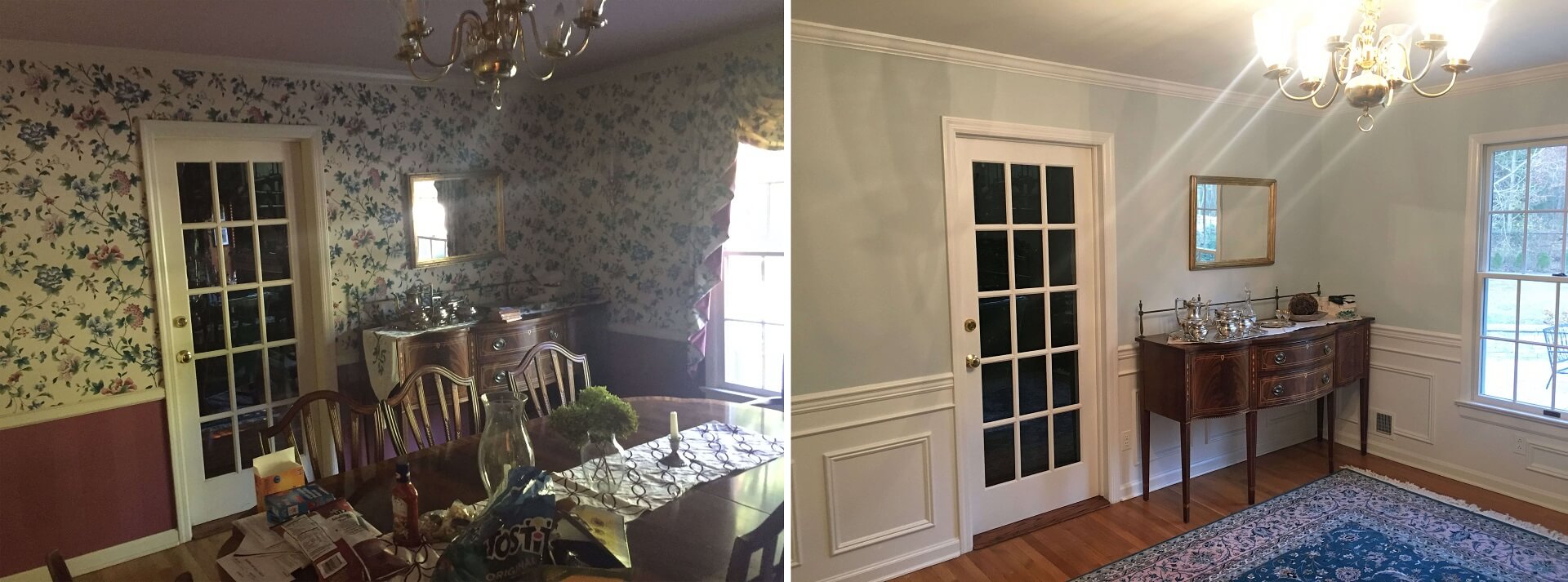
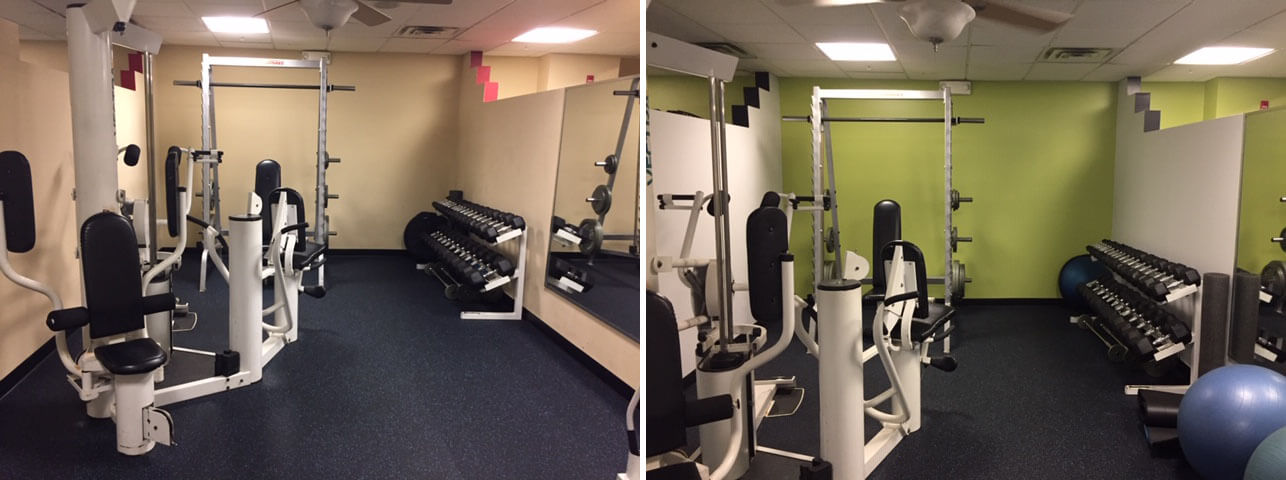
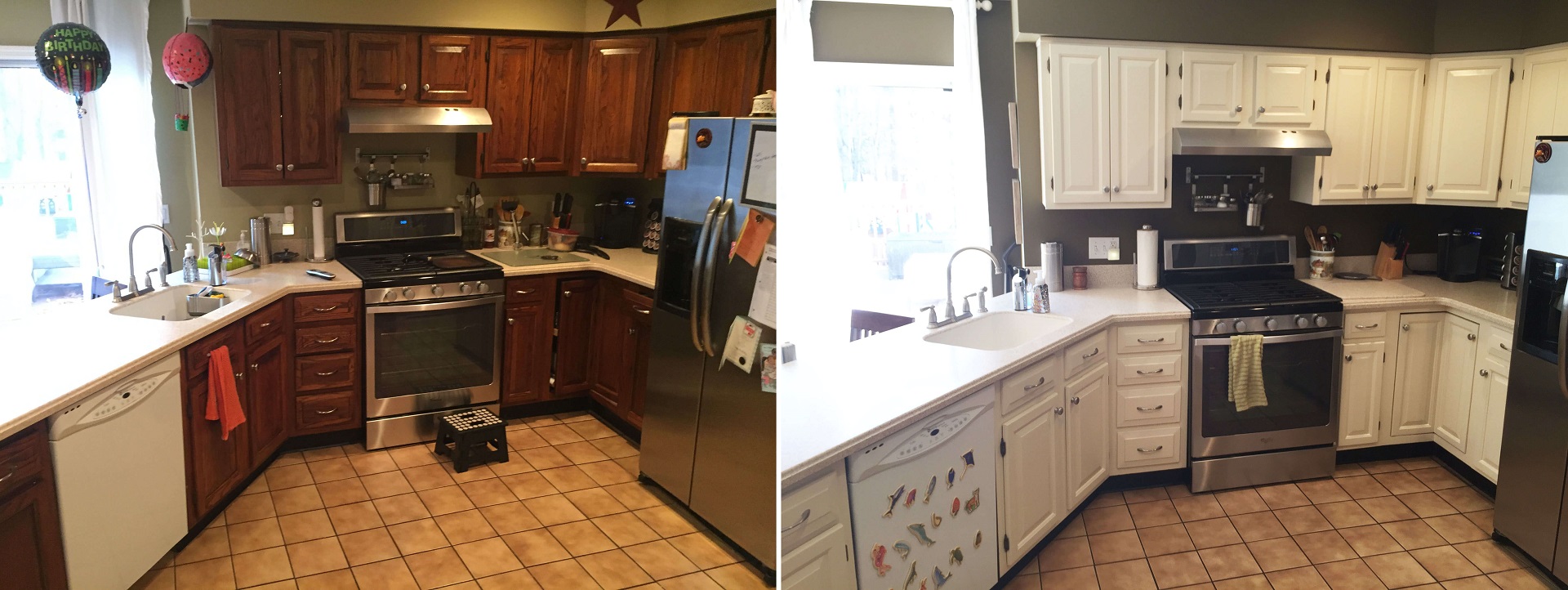
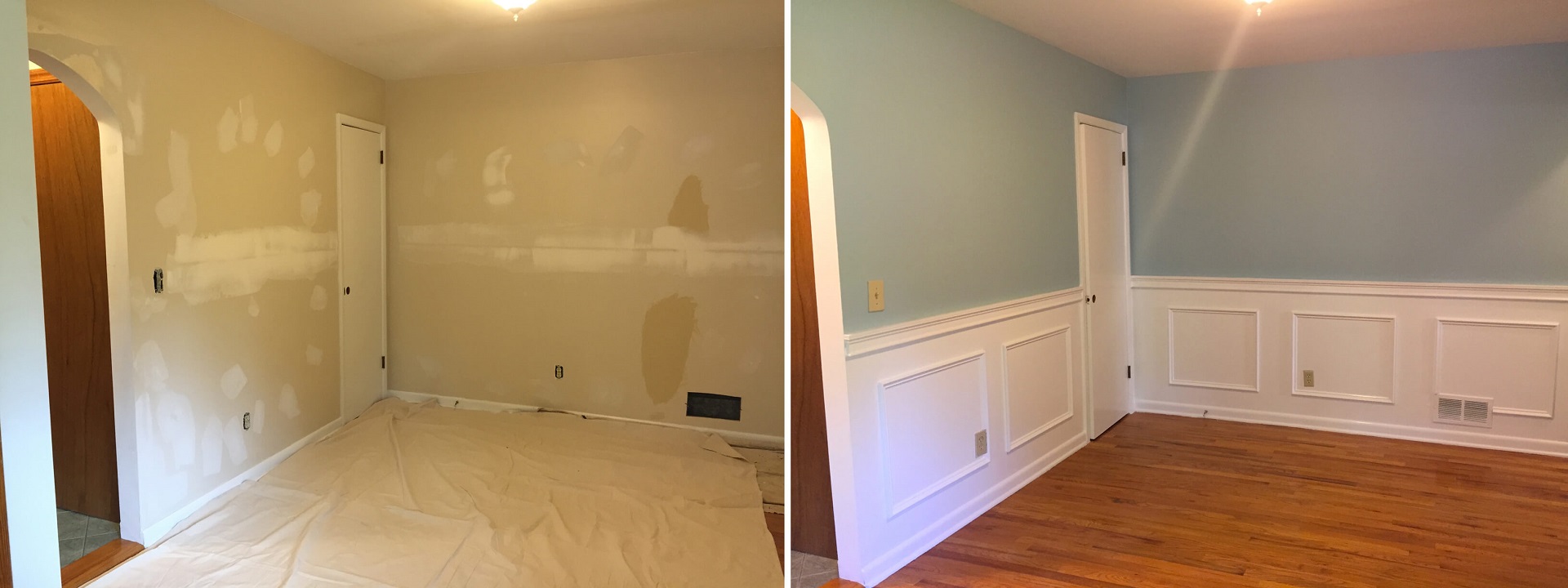
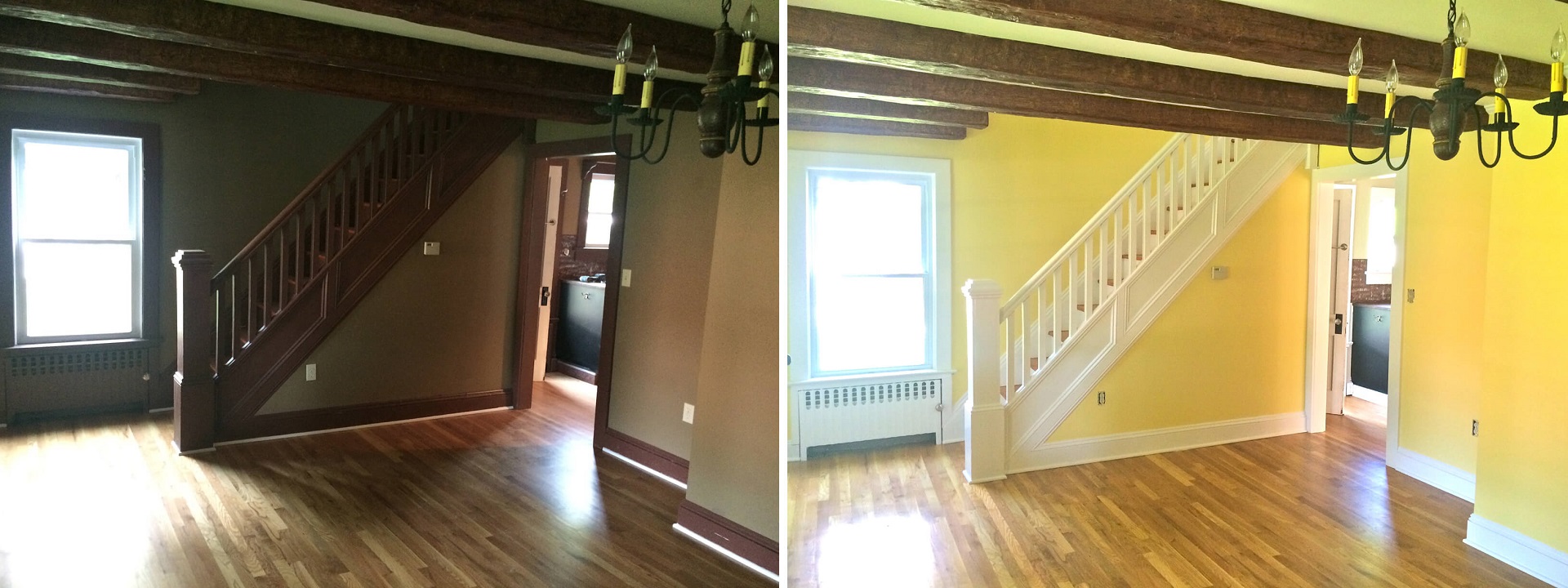
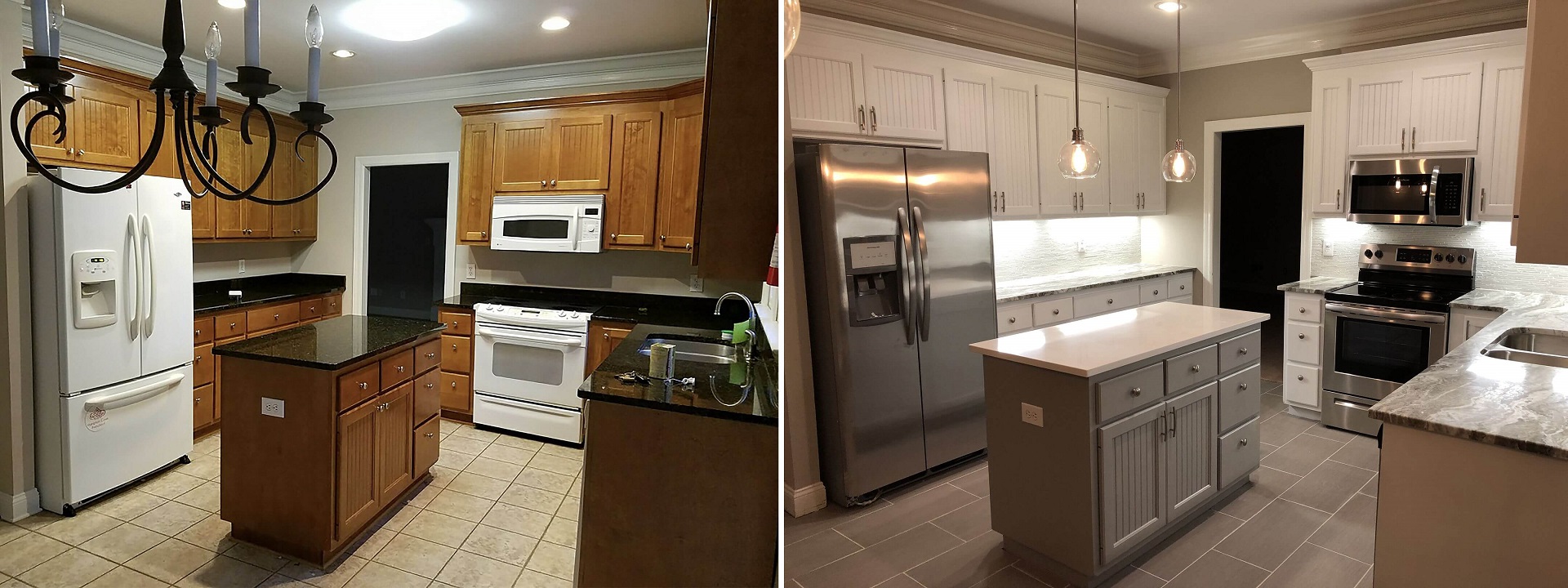
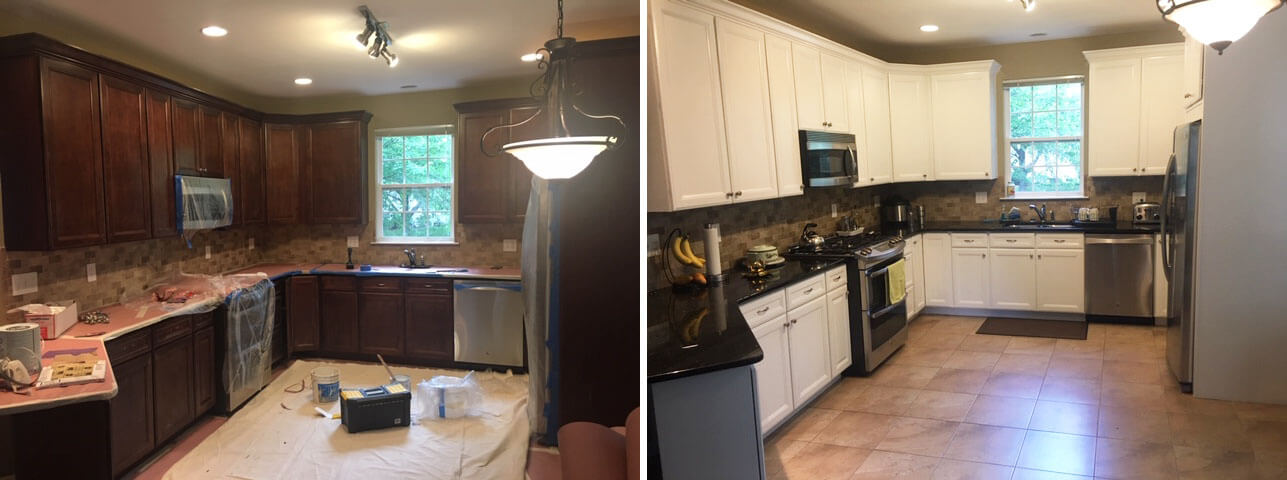
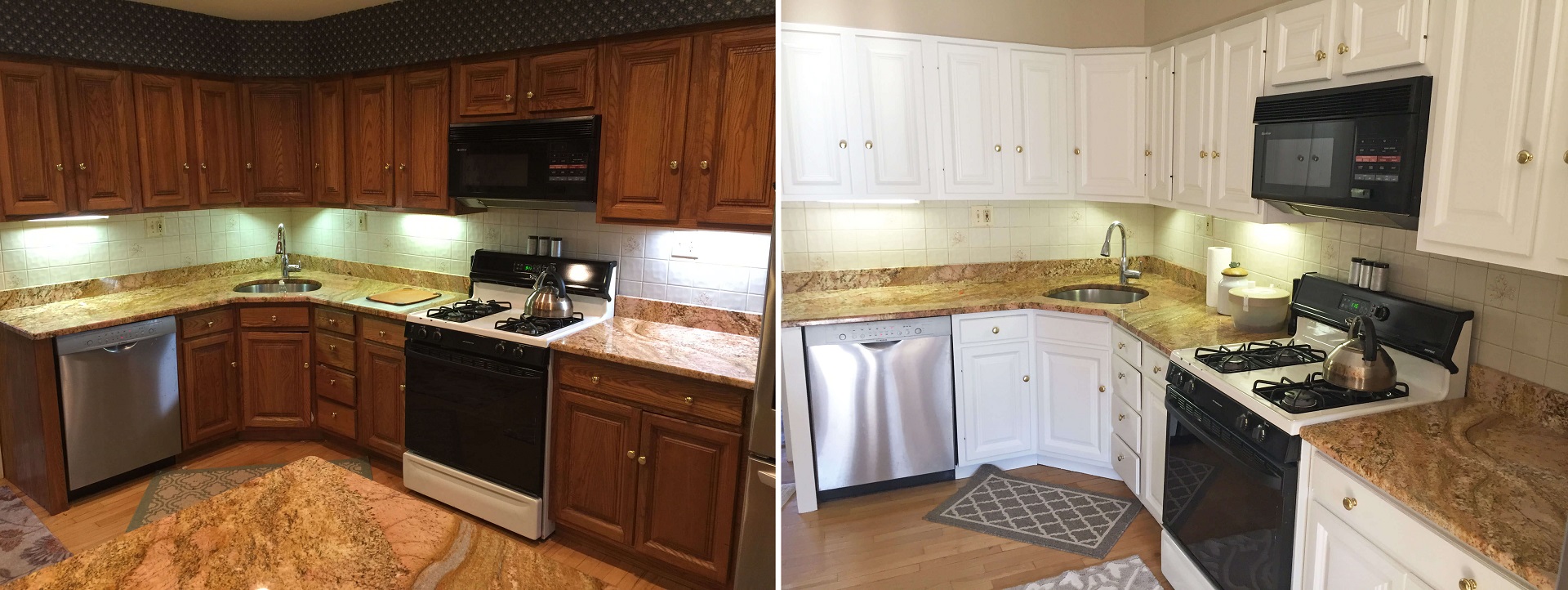
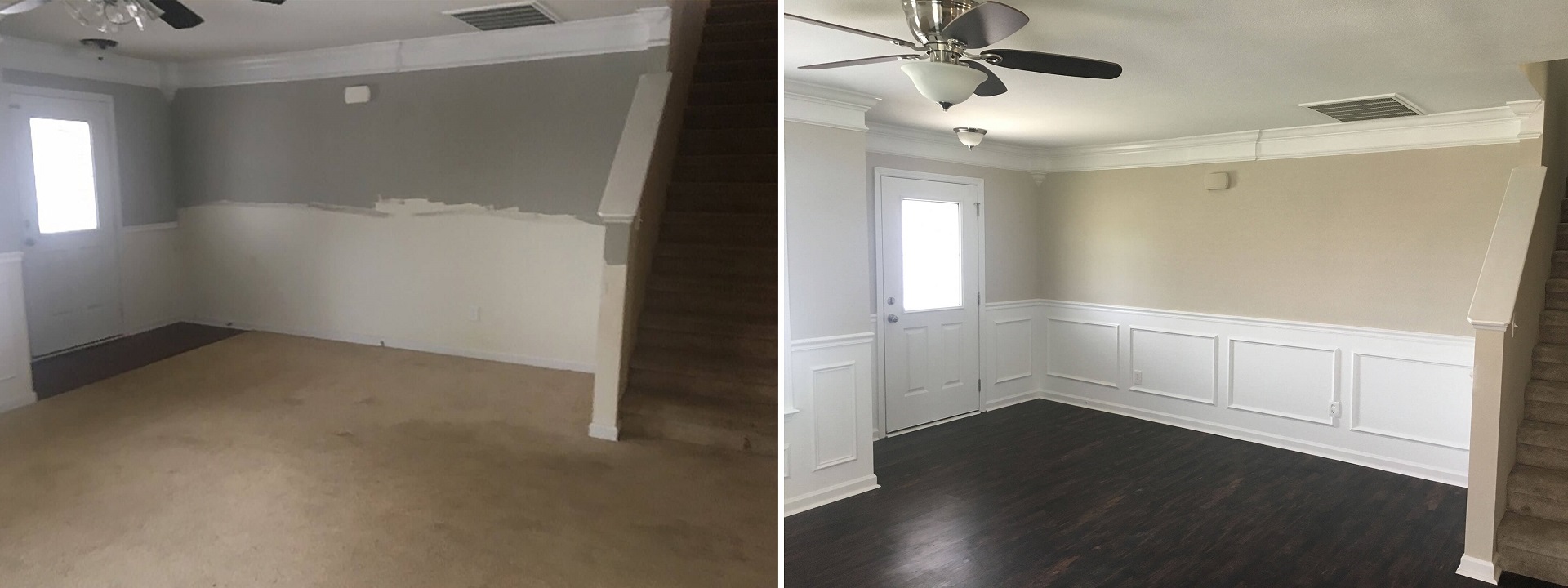
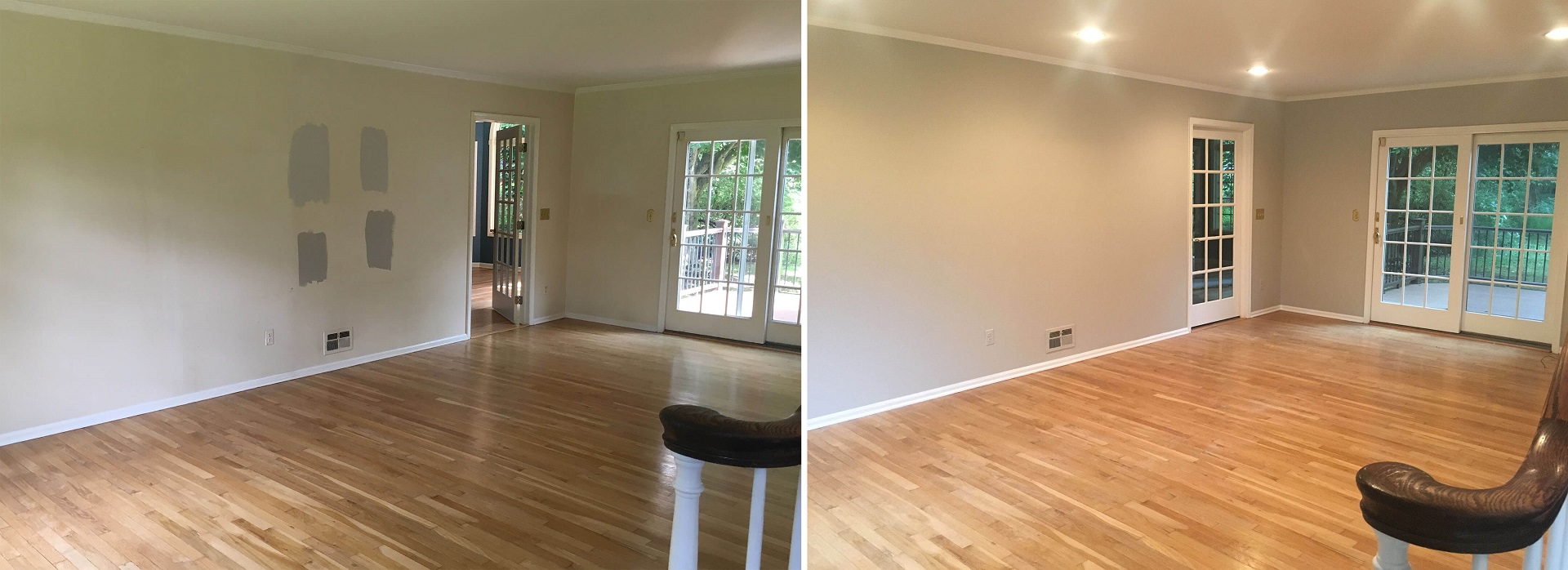
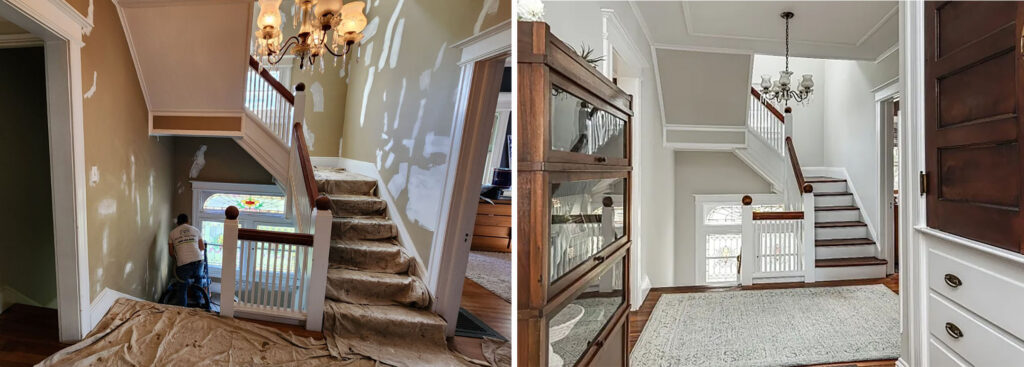
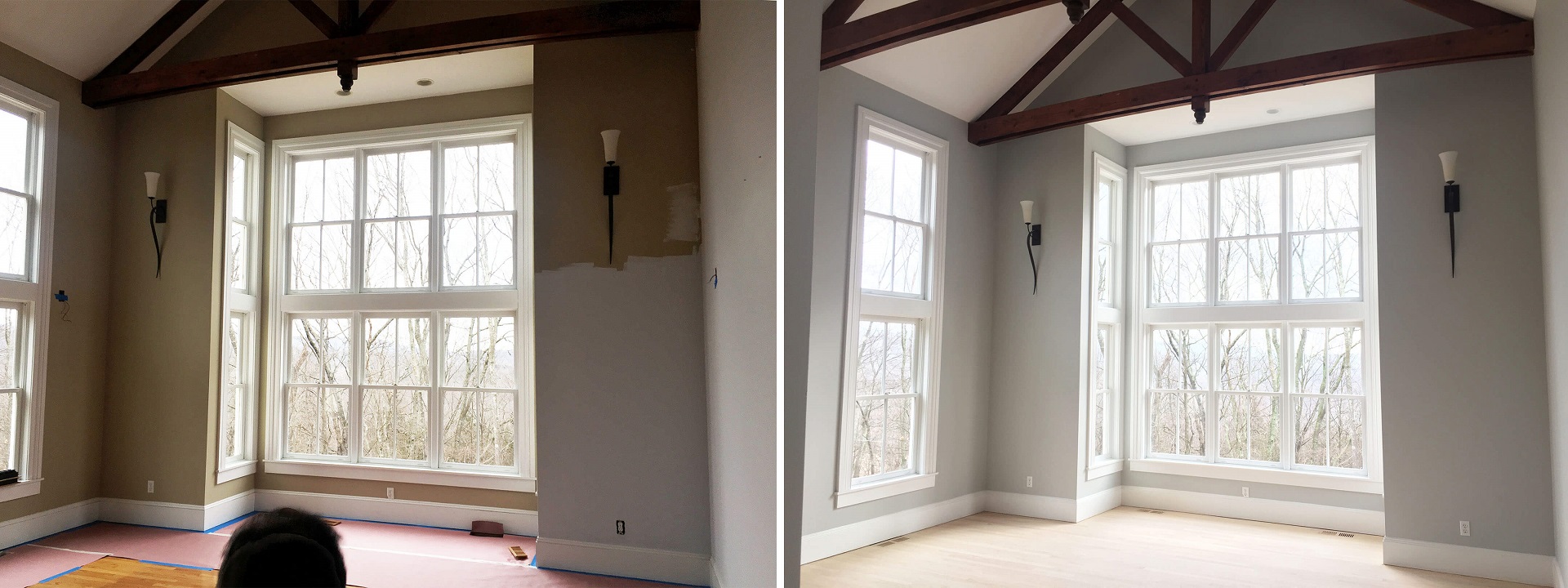
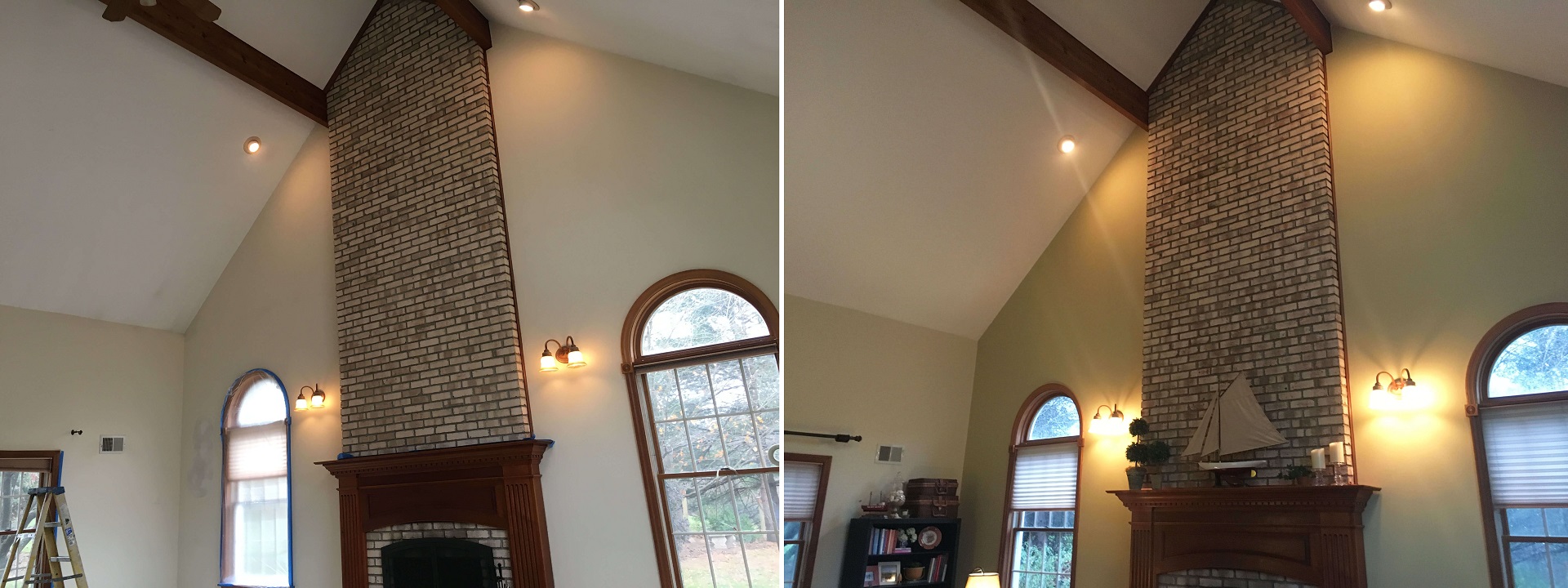
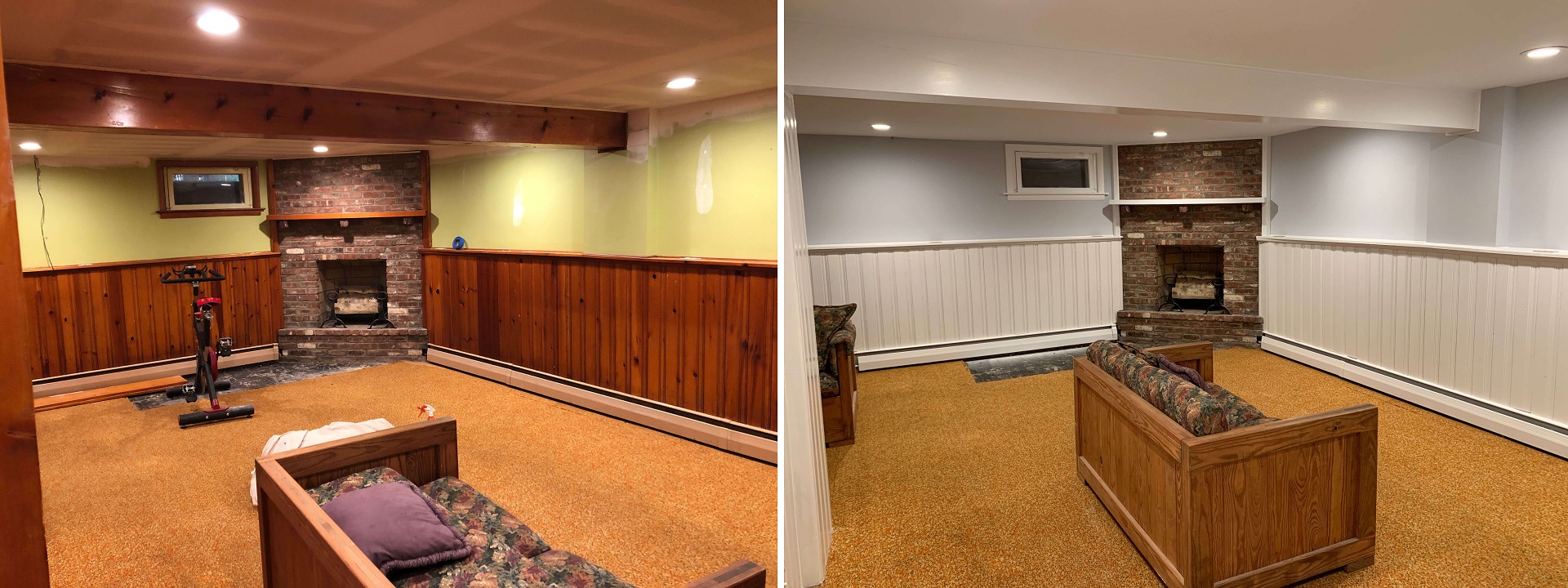






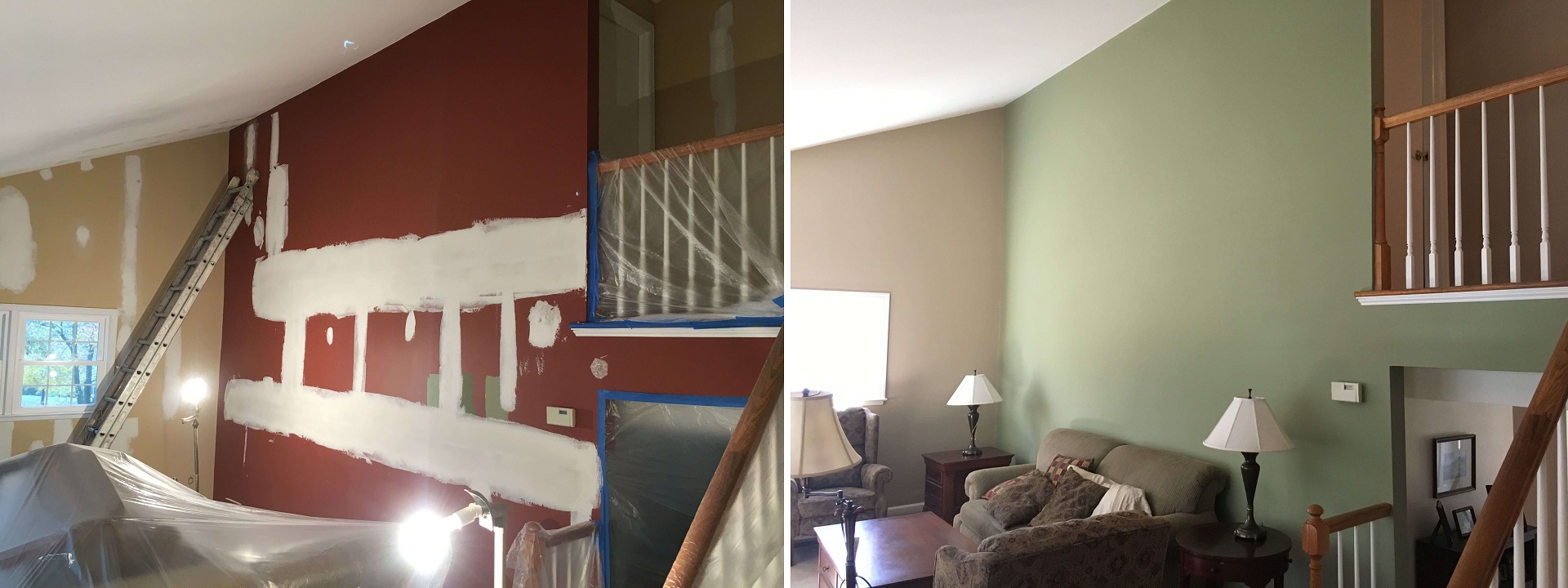

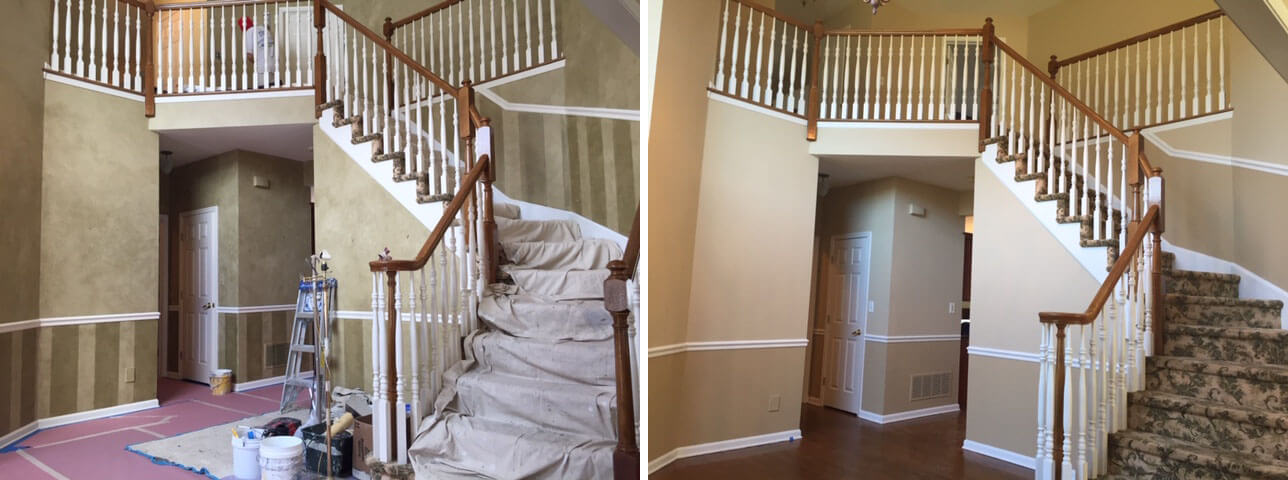
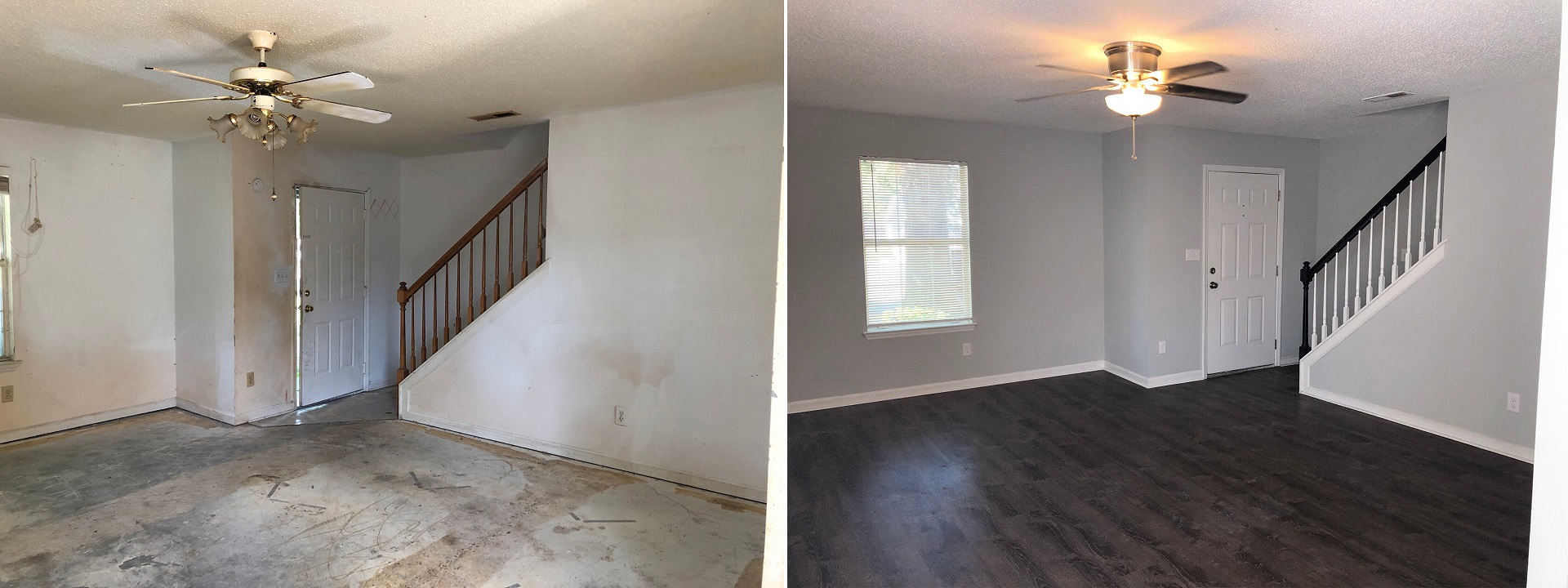
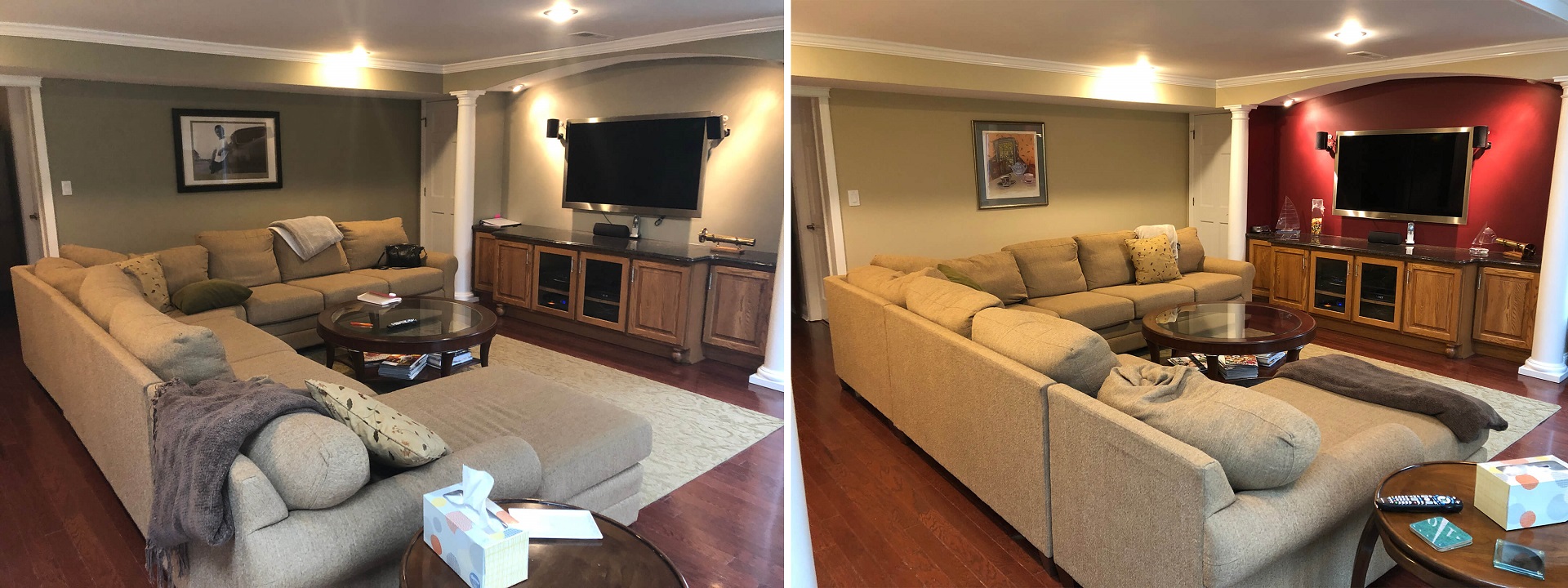
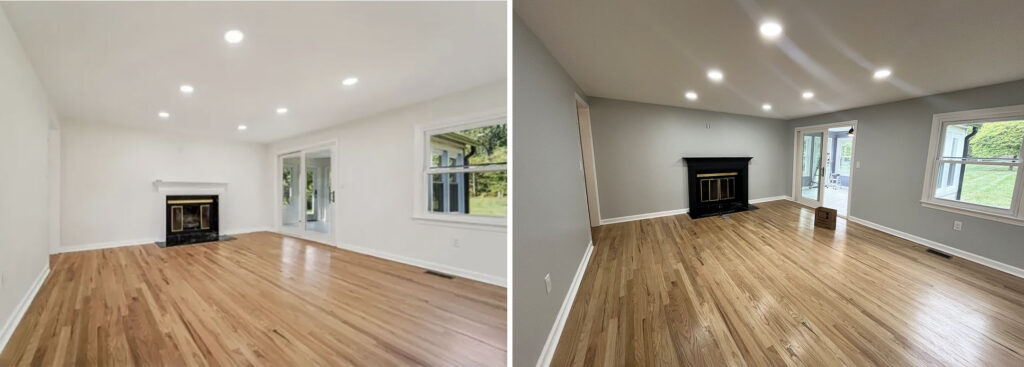
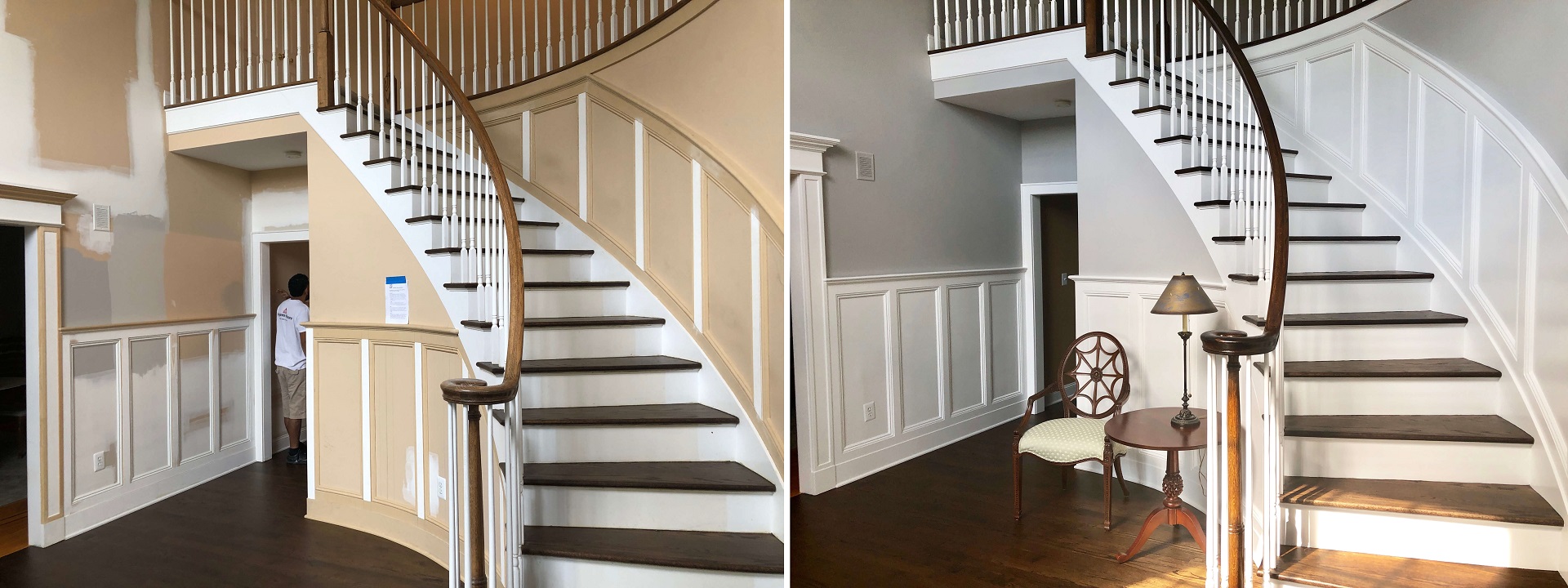
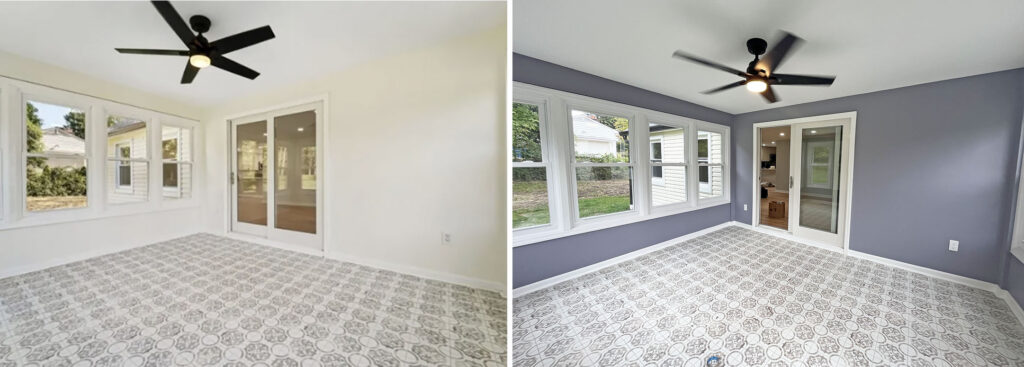
You Might Also Like
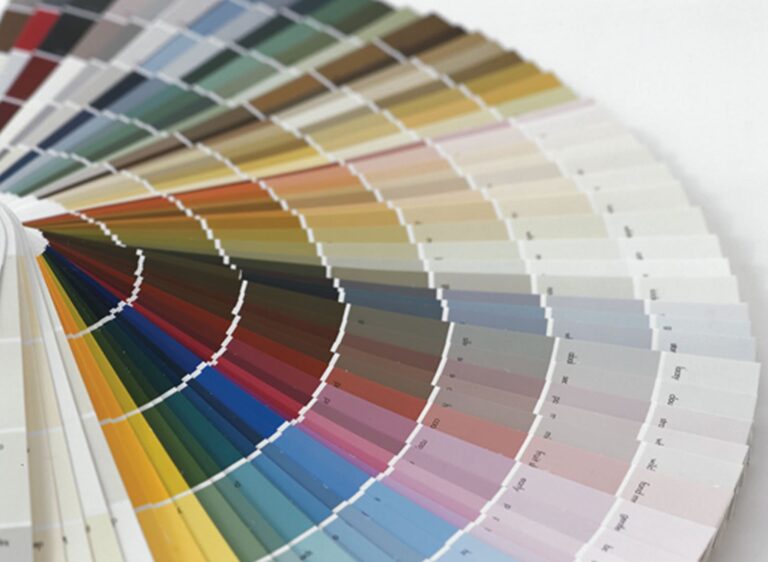 Color Confidence: Smart Strategies for Selecting Paint Colors - Selecting the perfect paint colors for your home can be a daunting task. With endless shades and tones available, it’s easy to feel overwhelmed by the choices and apprehensive about making a decision. However, with the right approach and resources, you can confidently choose colors that reflect your style and enhance your living space. This … Continue reading Color Confidence: Smart Strategies for Selecting Paint Colors
Color Confidence: Smart Strategies for Selecting Paint Colors - Selecting the perfect paint colors for your home can be a daunting task. With endless shades and tones available, it’s easy to feel overwhelmed by the choices and apprehensive about making a decision. However, with the right approach and resources, you can confidently choose colors that reflect your style and enhance your living space. This … Continue reading Color Confidence: Smart Strategies for Selecting Paint Colors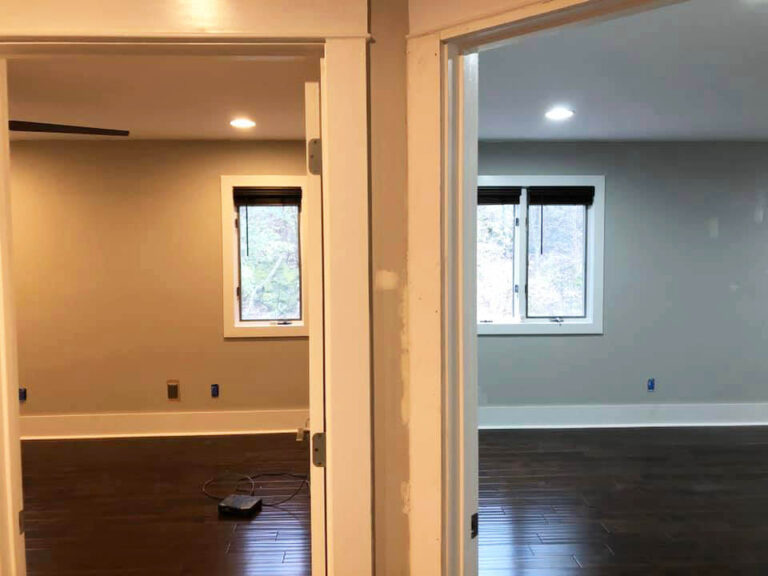 How Different Colored Light Impacts Paint Colors - How Different Colored Light Impacts Paint Colors Choosing the right paint color for your interior painting projects can be a delightful yet daunting task. With a spectrum of colors available, it’s essential to understand that the appearance of wall paint is not solely dependent on the color itself but also significantly influenced by the type … Continue reading How Different Colored Light Impacts Paint Colors
How Different Colored Light Impacts Paint Colors - How Different Colored Light Impacts Paint Colors Choosing the right paint color for your interior painting projects can be a delightful yet daunting task. With a spectrum of colors available, it’s essential to understand that the appearance of wall paint is not solely dependent on the color itself but also significantly influenced by the type … Continue reading How Different Colored Light Impacts Paint Colors

